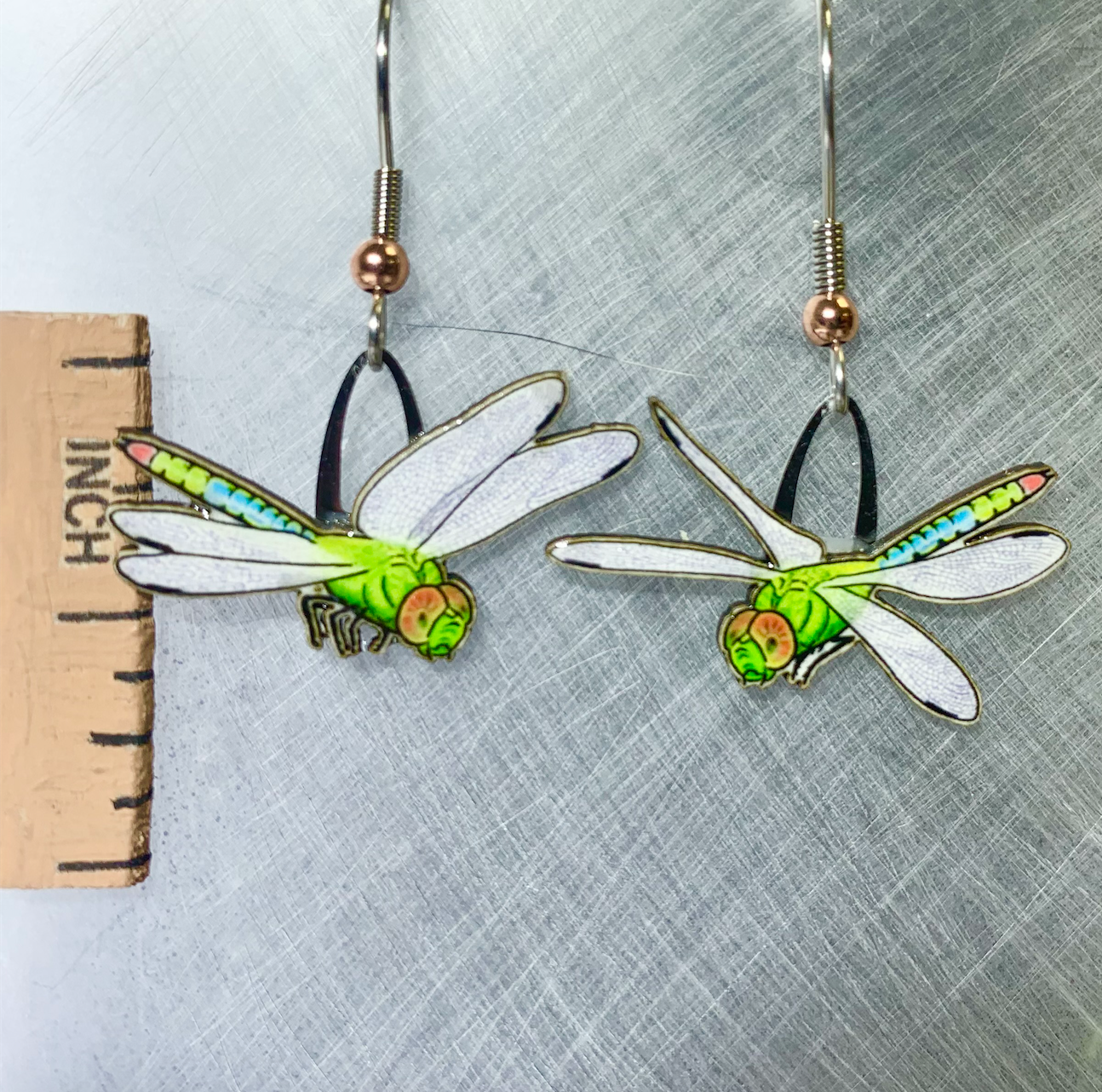
Dragonflies were one of the first winged insects to evolve, and some fossils have wingspans up to three feet! Today’s smaller relatives are adept at catching their prey on the wing and some species can eat hundreds of mosquitos per day.
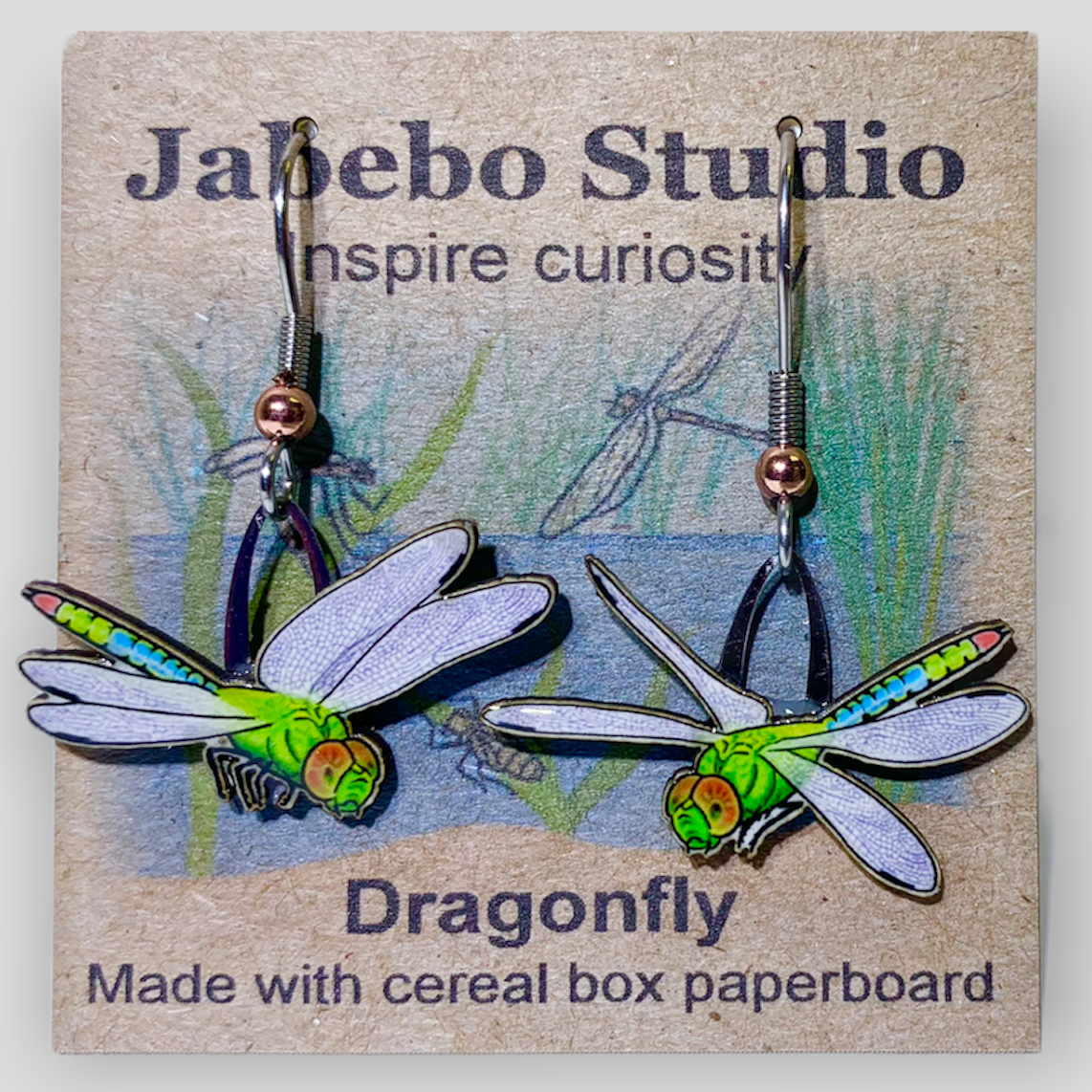
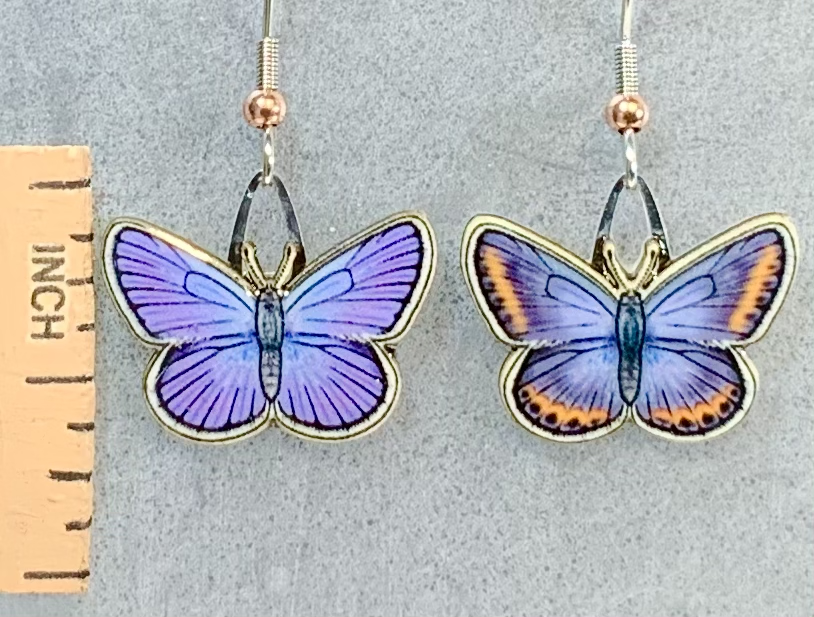
This small, western butterfly is at home in open, weedy habitats and prairie. Each year, 3 broods of caterpillars feed on a variety of legumes, including lupine. Two broods of the eastern subspecies, the Karner Blue, feed exclusively on lupine.
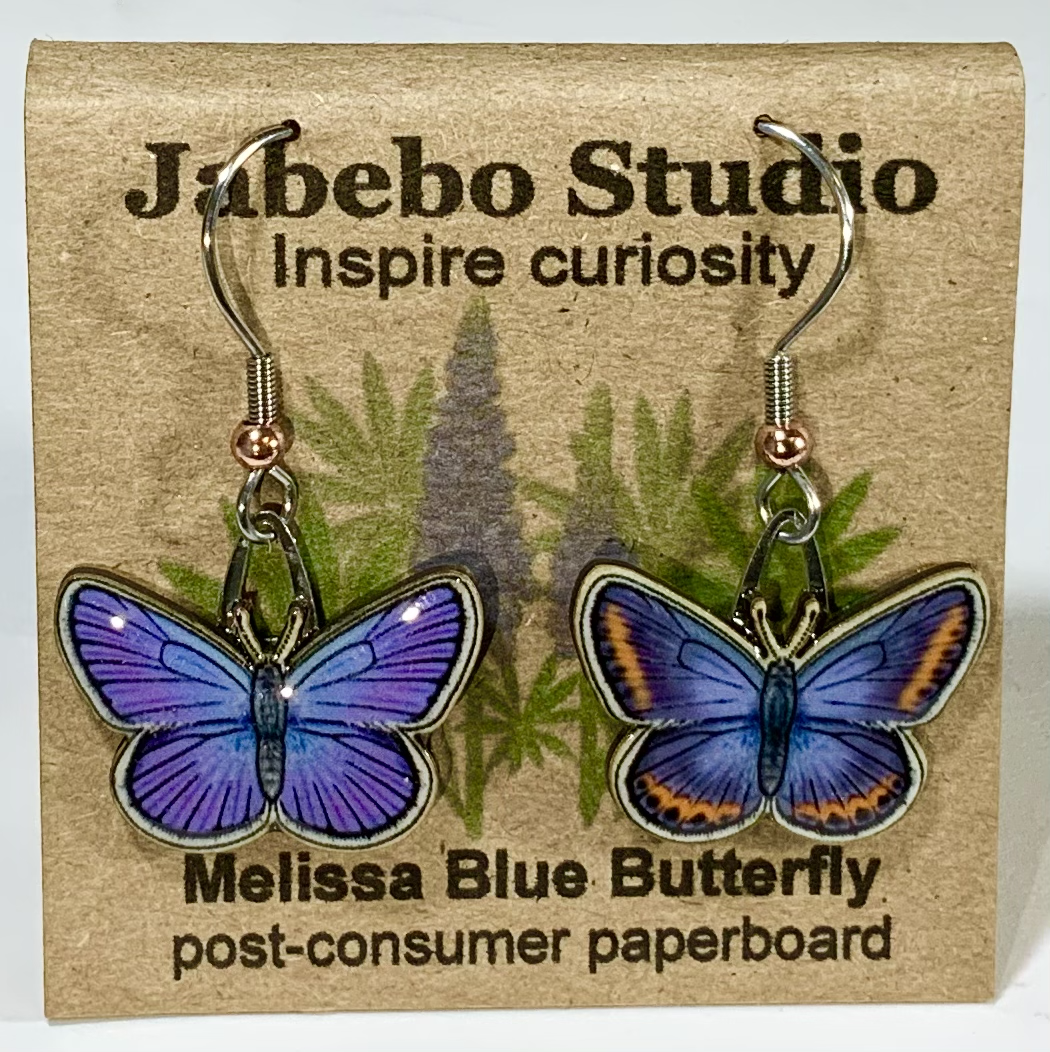
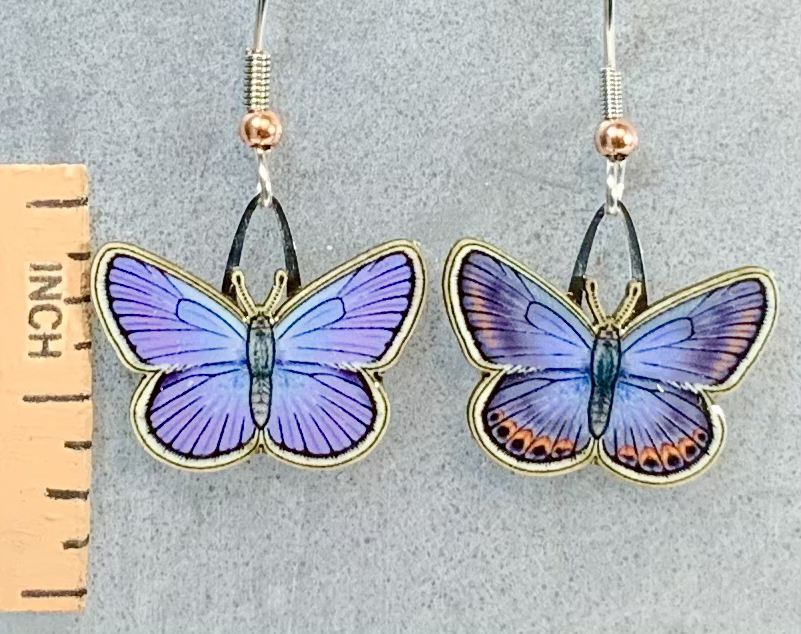
Northeast and Midwest.
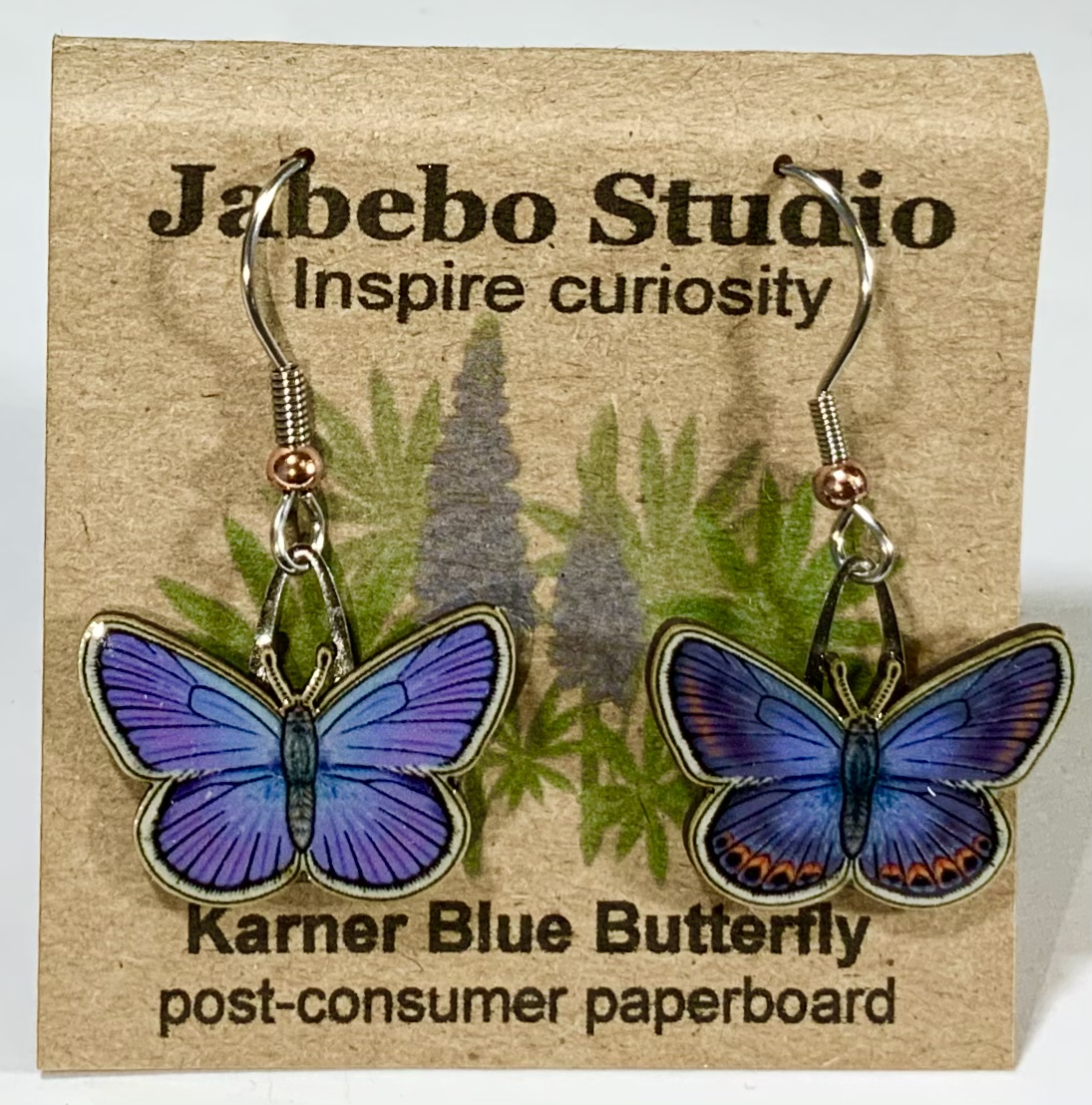
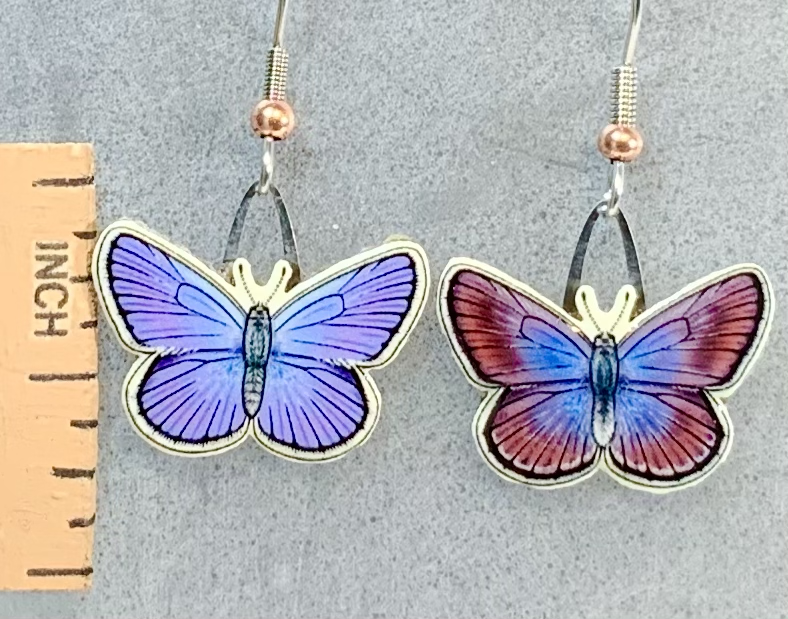
San Francisco Bay area.

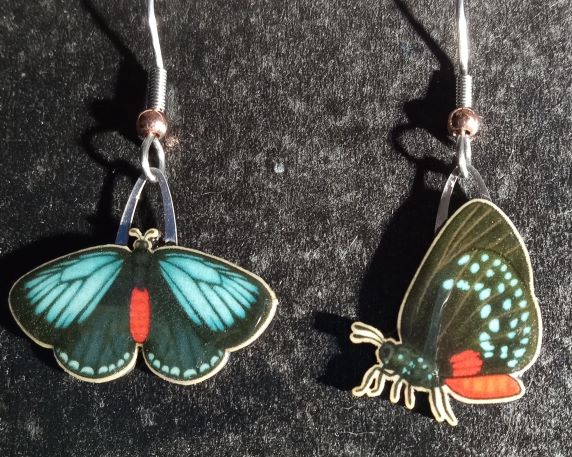
417 Atala Butterfly
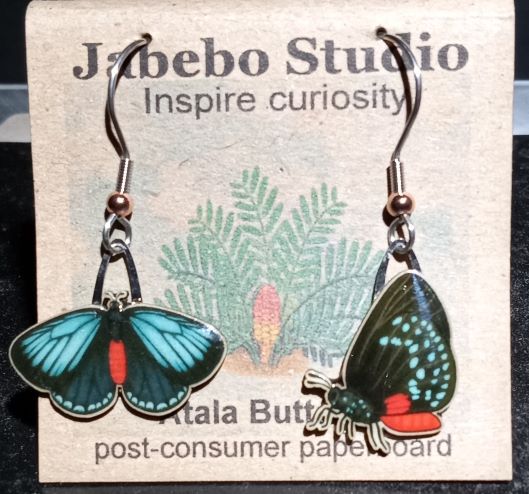
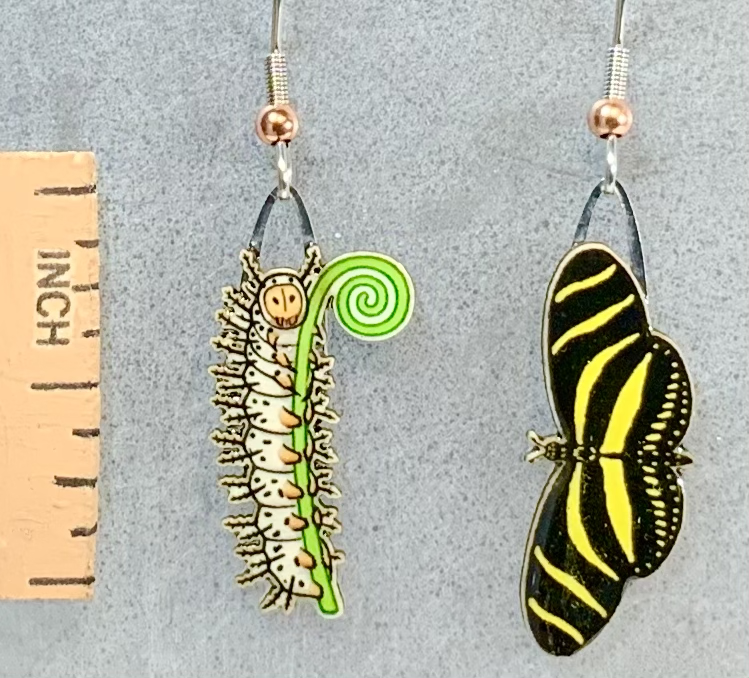
Also available as two matching butterflies (418Z).
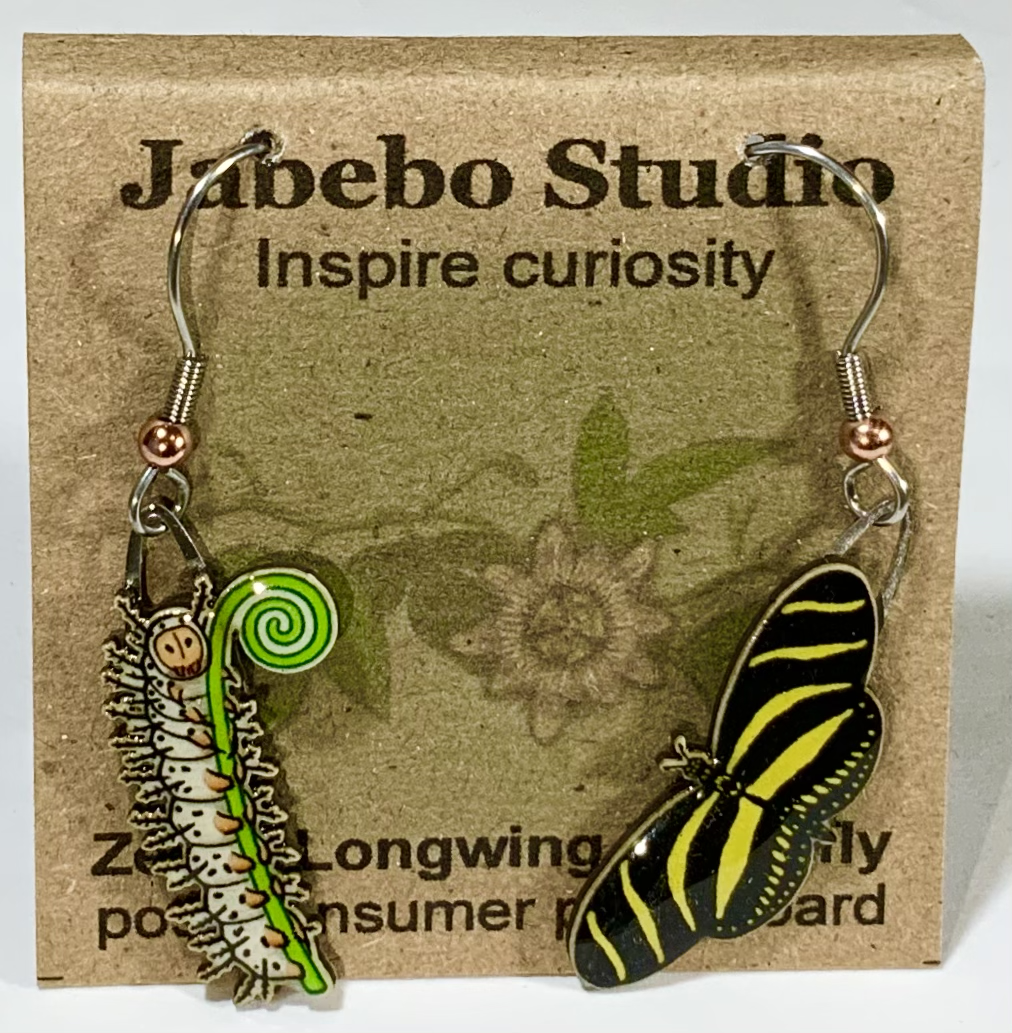
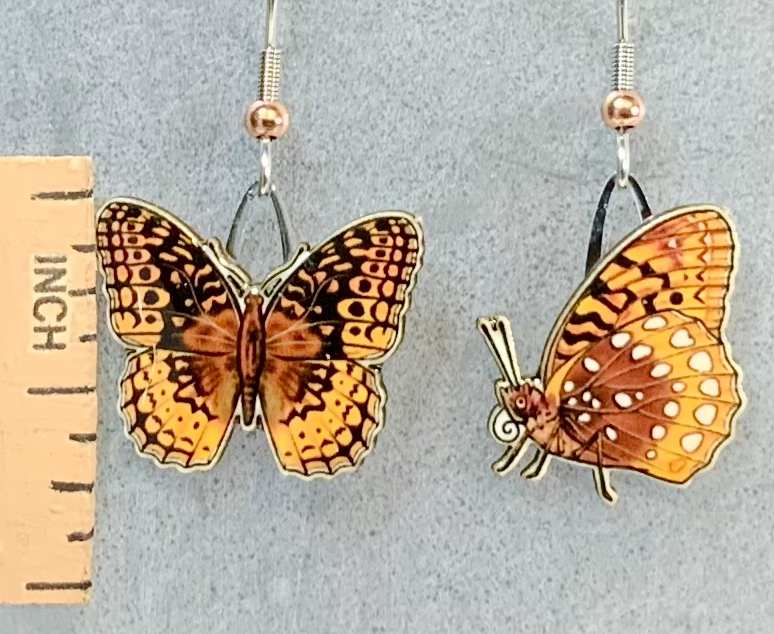
These butterflies like open spaces near woods and feed on the nectar of plants. In late summer or fall, eggs are laid near violets. Hatchlings do not eat until the spring when they feast on newly emerging violet leaves.
Available as two matching front-facing butterflies (420Z).
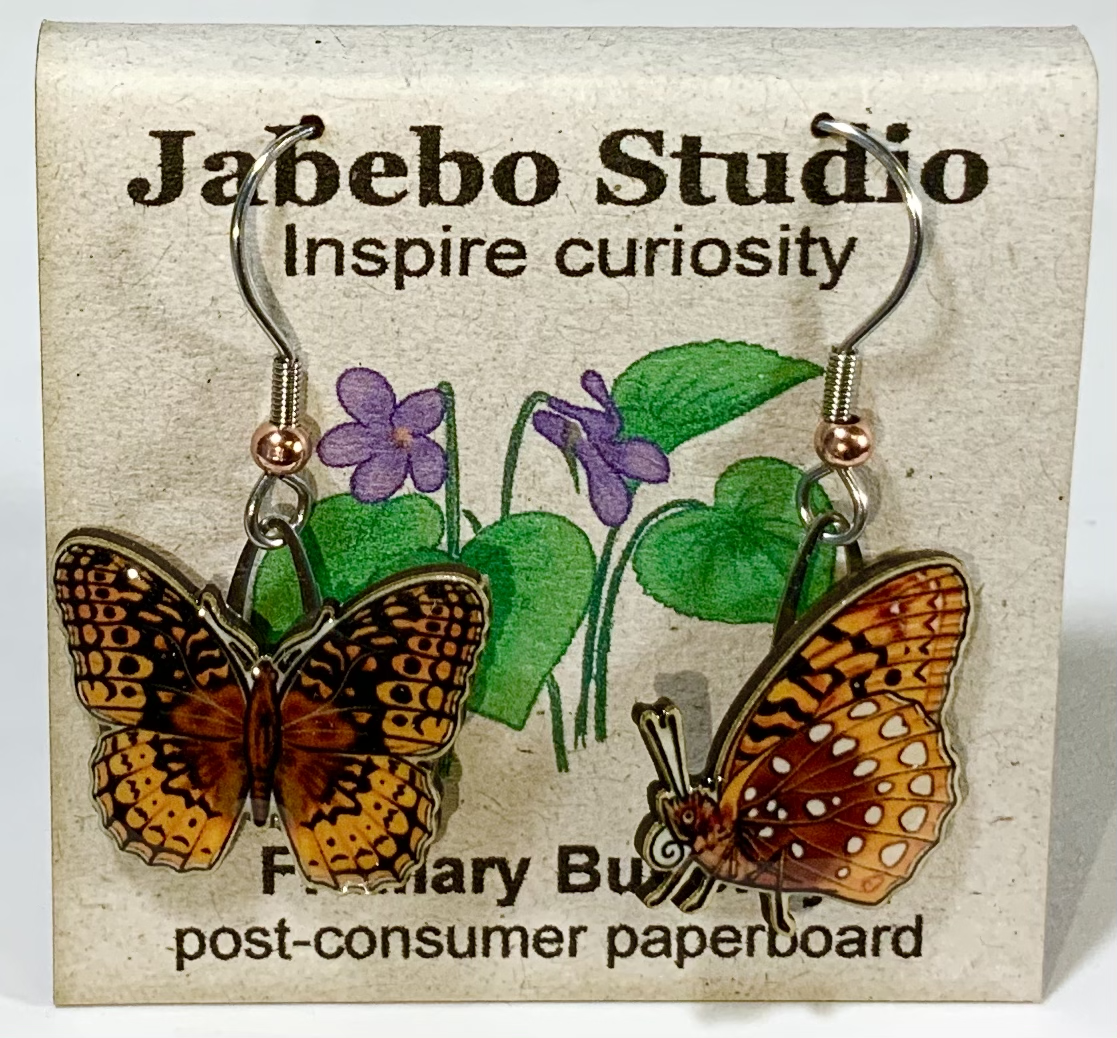
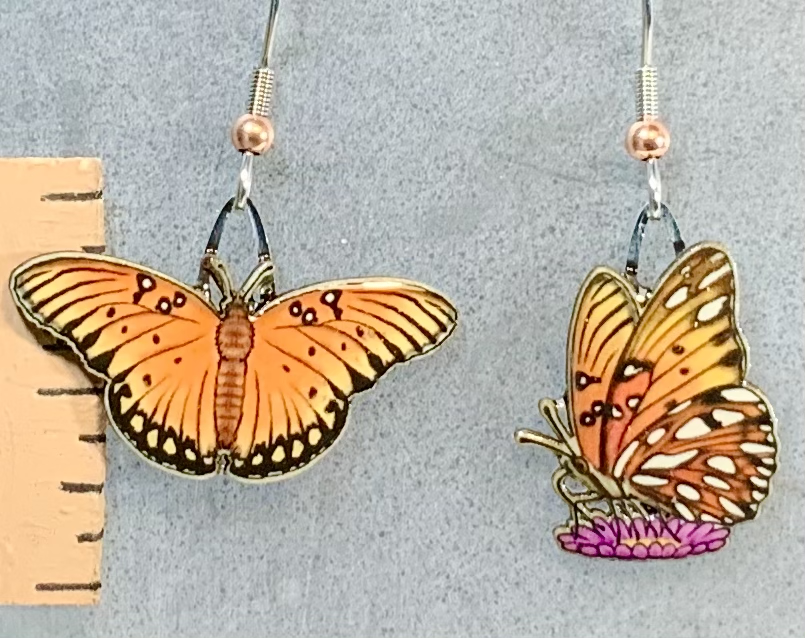
This a big bright orange butterfly has a distribution that closely follows that of the food plant its caterpillars depend on. These are native species of passionflower that are most likely to be found growing in coastal habitats of the southeast Atlantic and the Gulf Coast.

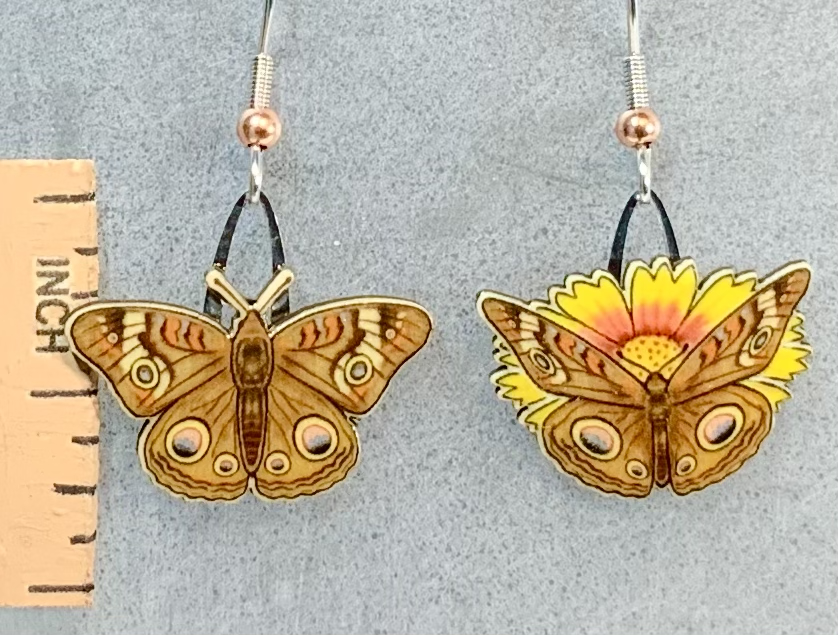
These medium sized butterflies are dazzling to admirers. Their large, watery eyespots may convince predators that a larger and less edible animal is peering back at them. Buckeyes feed on the nectar of asters, chicory, tickseed, and others.
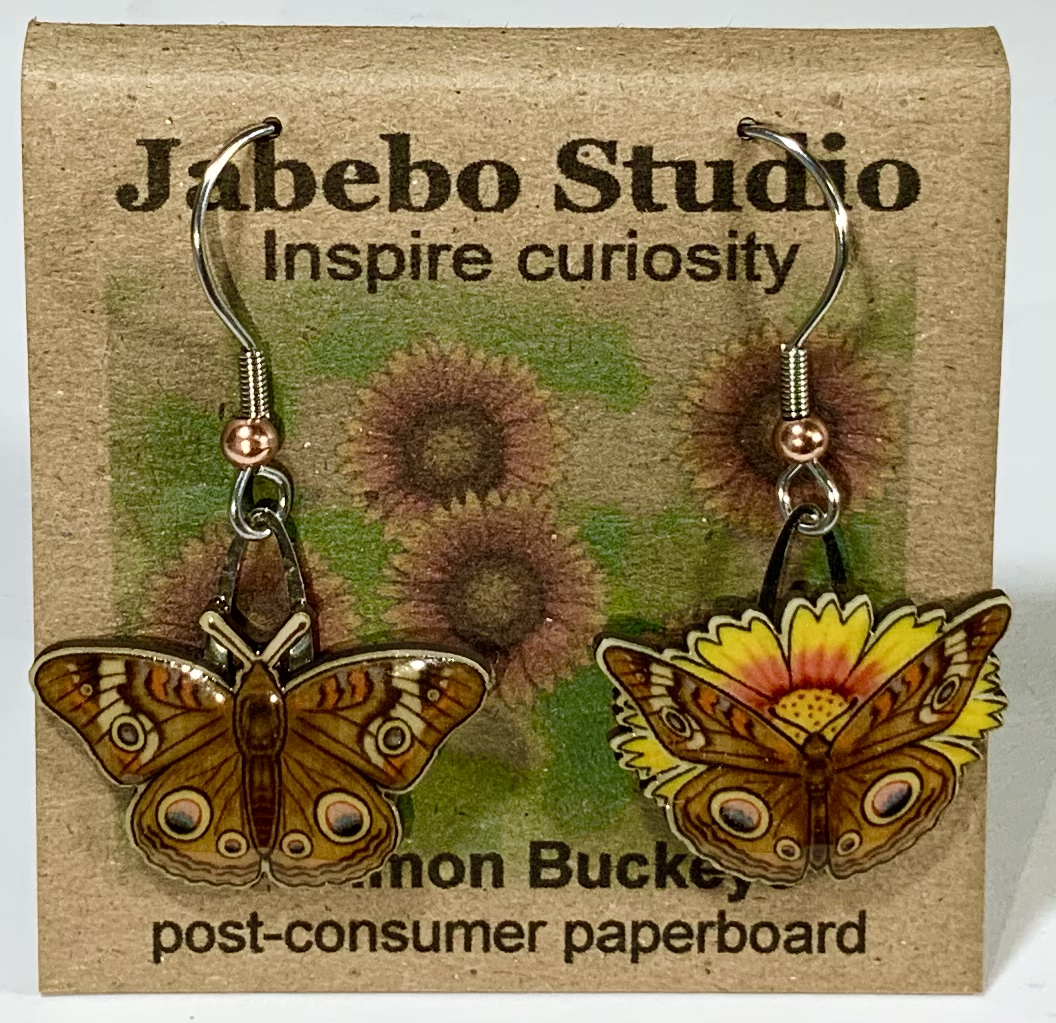

A favorite ambassador of the insect world is the Monarch Butterfly. Invite both butterflies and larvae by planting milkweed. There may be non-native and tropical varieties available so it is important to plant a species suitable to your region.
Available as two matching butterflies (425Z).

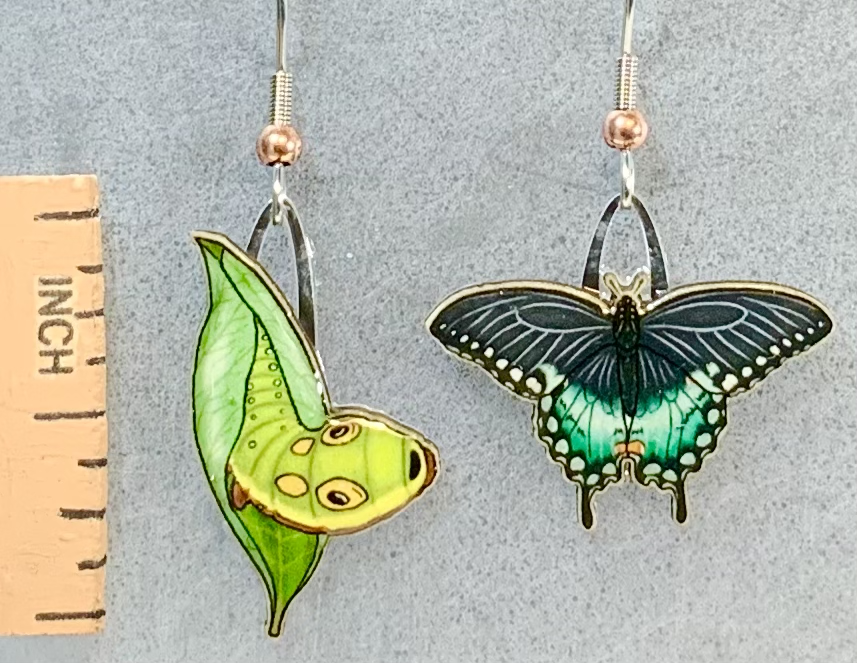
An Eastern butterfly species that is named after the spicebush, one of several aromatic plant species the caterpillars will feed on. The distinctive caterpillars exhibit an impressive display of mimicry with their enlarged anterior and eye spots.
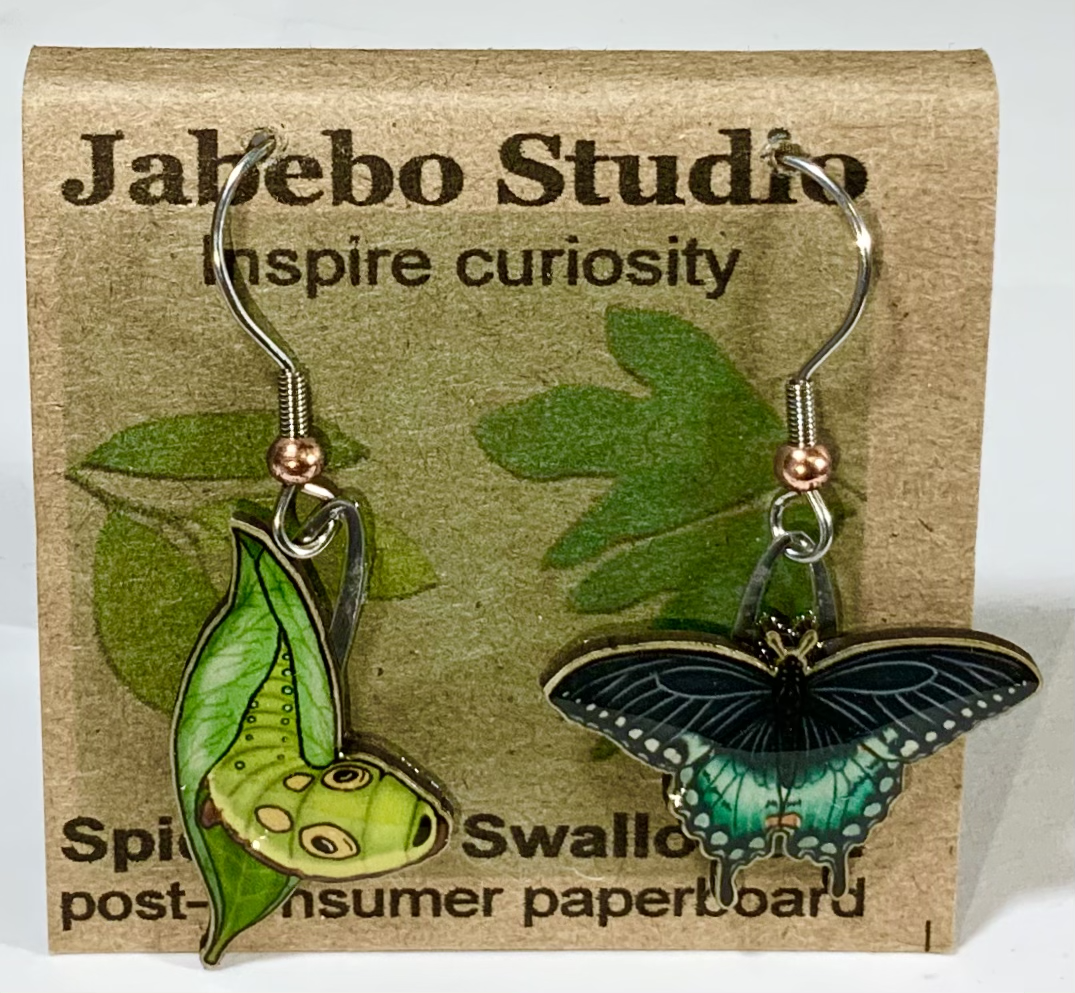
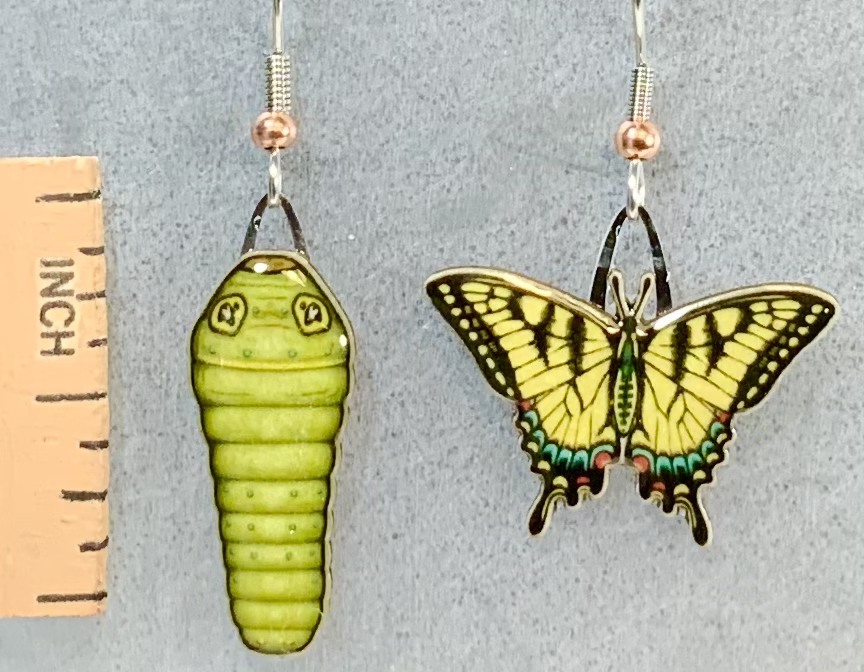
The caterpillar of this large, dramatically colored butterfly has large eyespots that mimic snake eyes to scare predators. They can also deter predators when they extend the orange, smelly organ behind their head, that looks like a forked snake tongue.
Available as two matching butterflies (427Z).

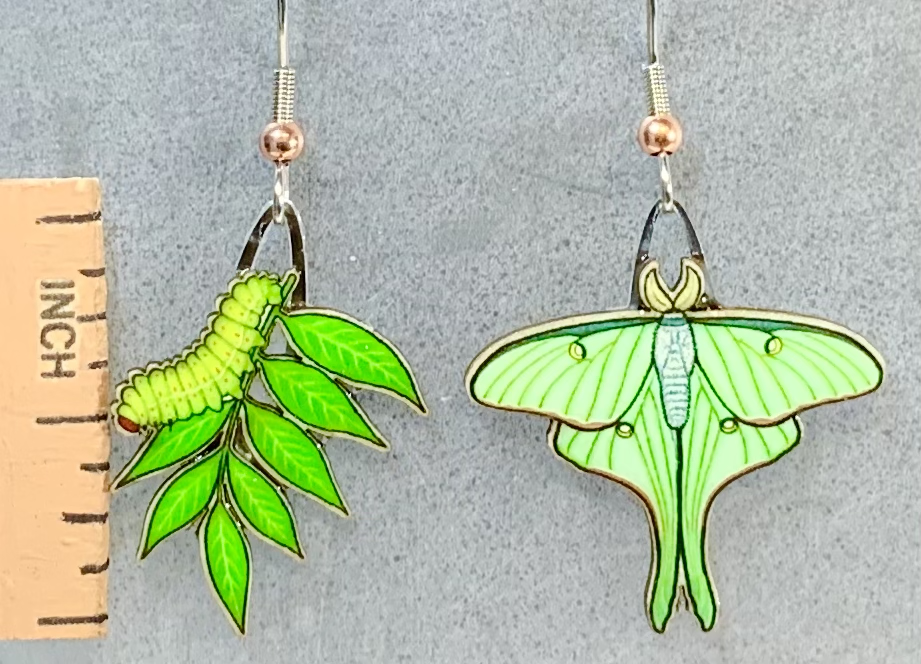
This moth has reduced mouth-parts like other giant silkworm moths and does not feed. Caterpillars happily munch on the leaves of walnuts, hickories, pecan, sweet gum, and other trees. Pupae are found in leaf litter, covered with thin silk.
Available as two matching moths (429Z).
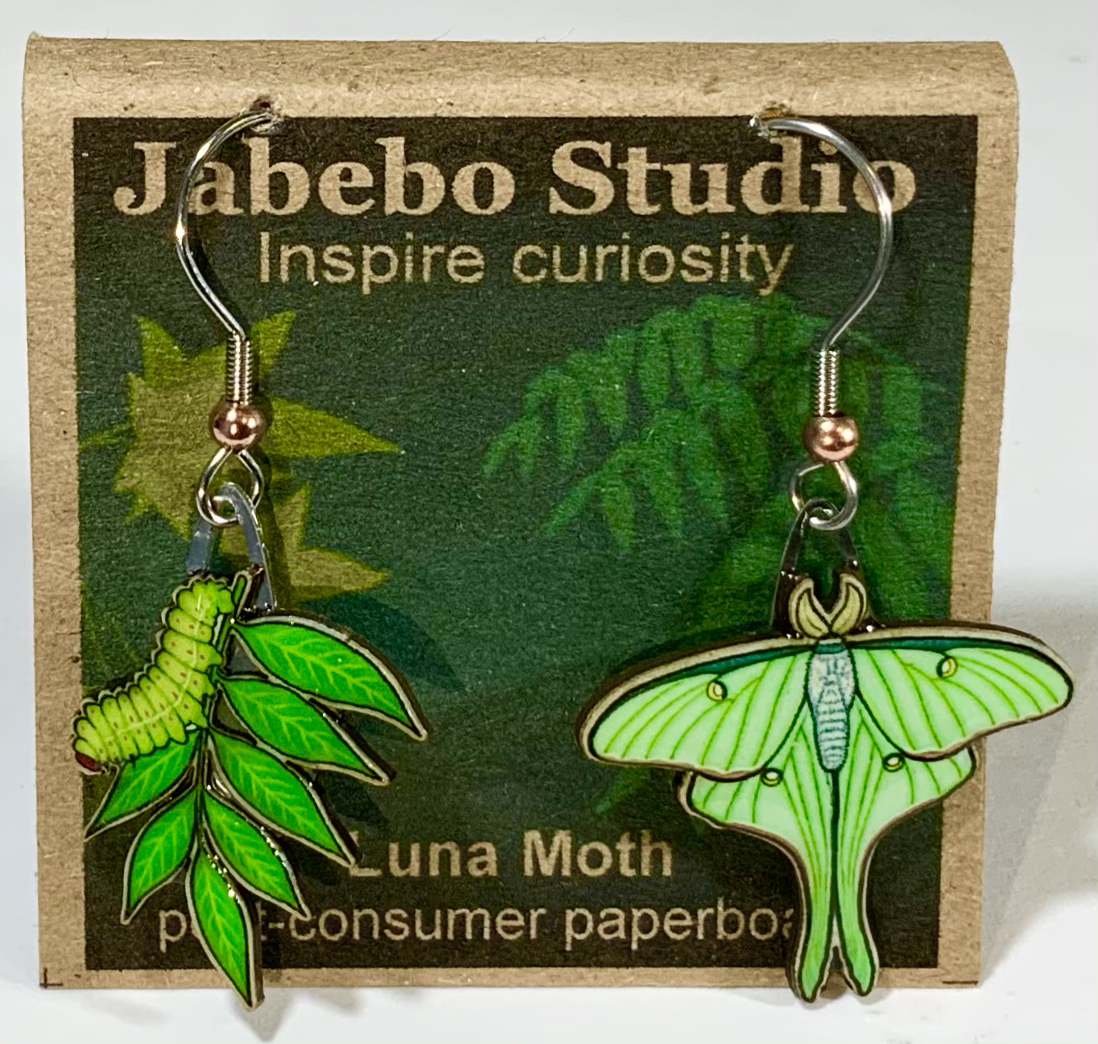
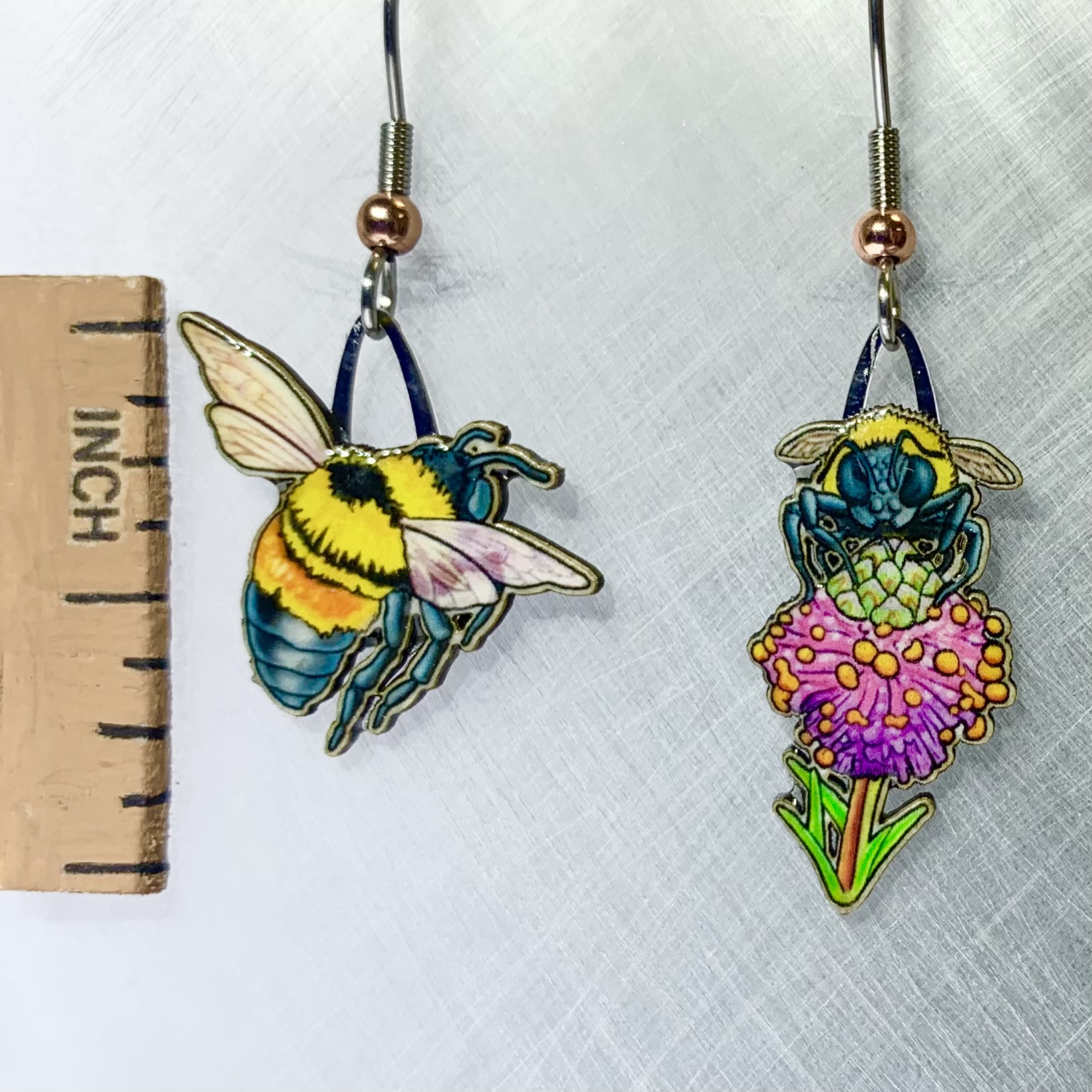
This bumblebee is newly added to the Endangered Species list because it’s population is in decline. The likely reason for this decline is the loss of tall grass prairies and wildflower habitats of the Midwest. Our bee design is shown with Purple Prairie Clover.

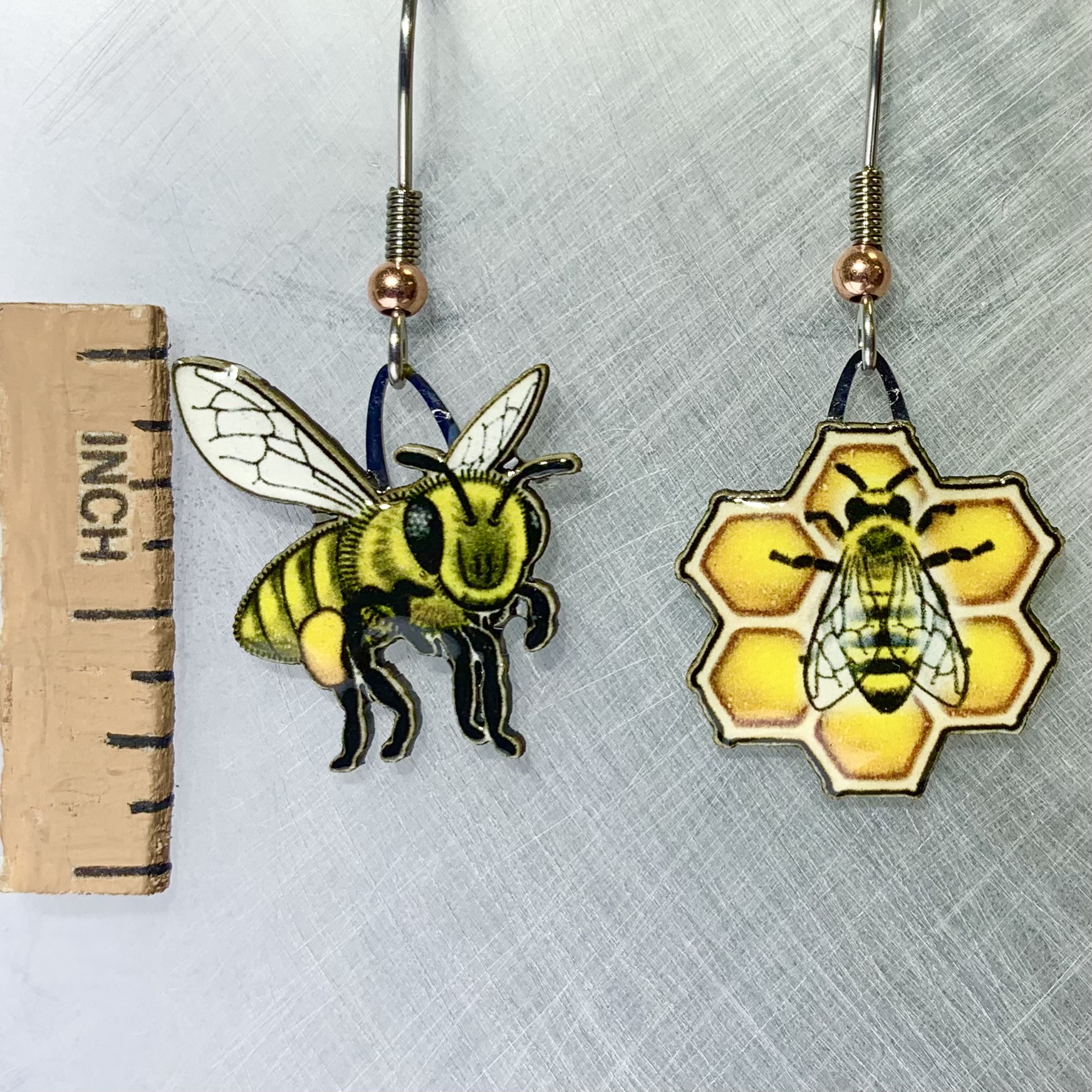
Known for their ability to produce honey, we also rely on honeybees to pollinate many important commercial crops. Bees in general fill a crucial role as pollinators and their declining populations warrant conservation efforts.
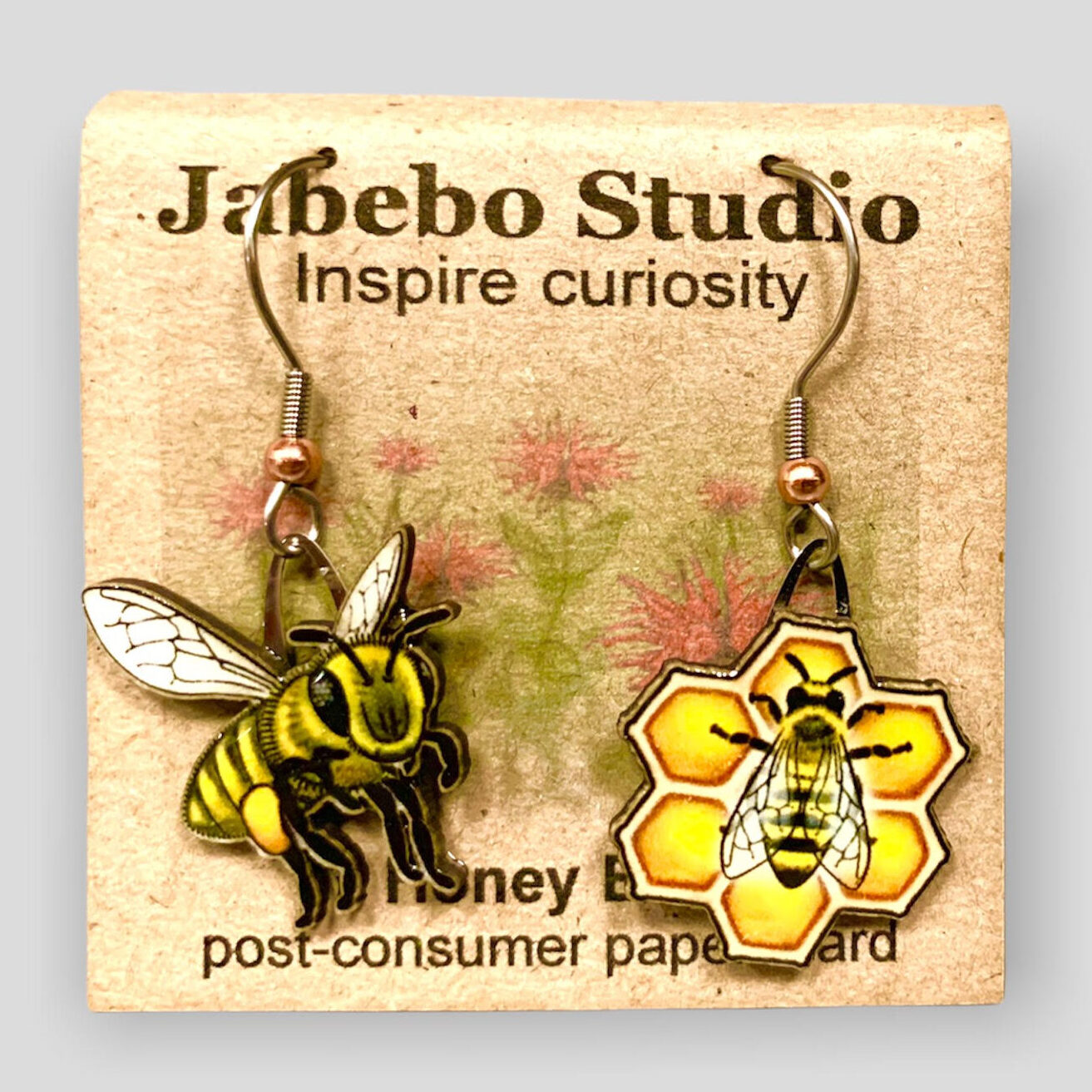
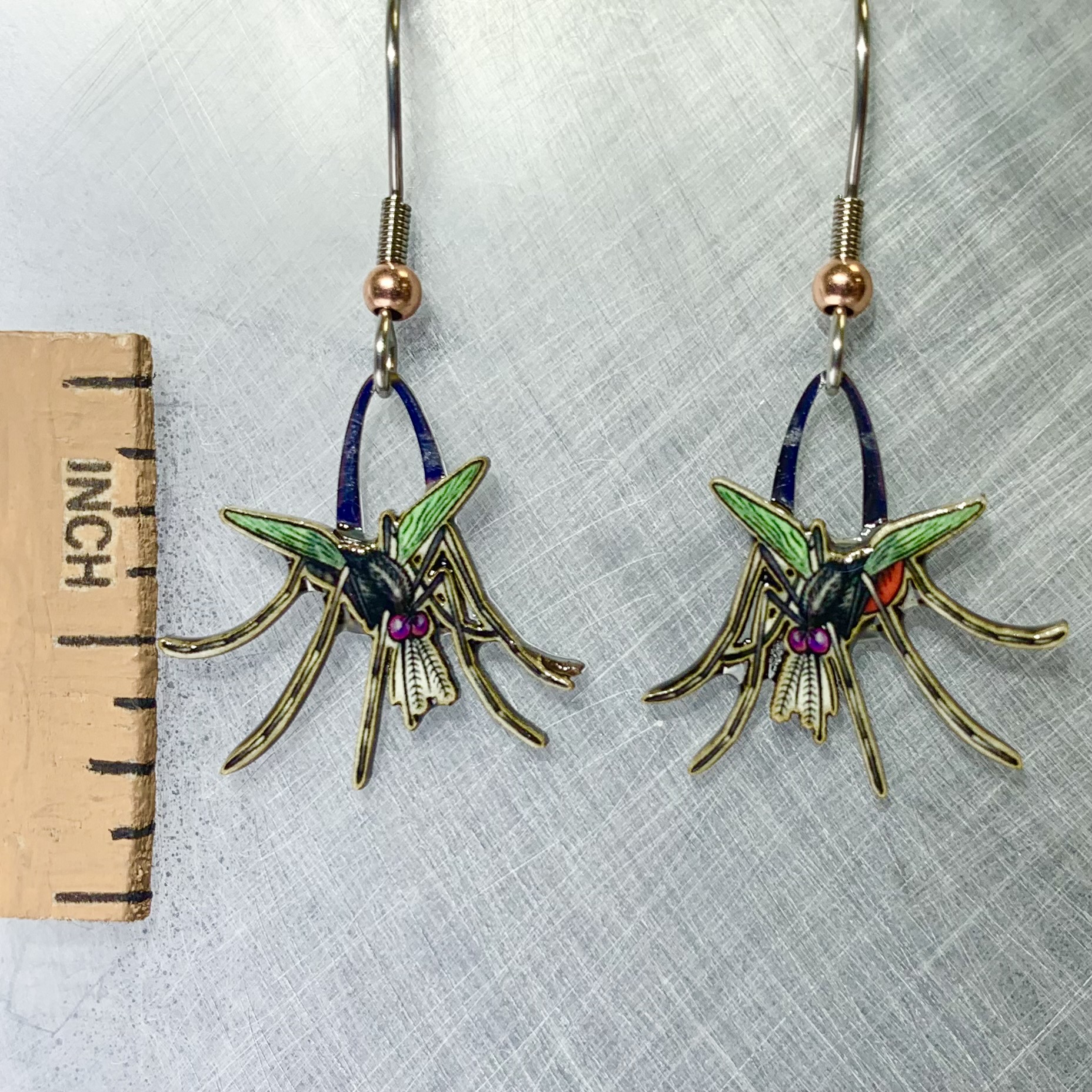
While all mosquitoes feed on nectar and plant juices, only female mosquitoes are blood suckers. The nutrients in blood are critical for producing their eggs, which are laid on water so the larvae can grow in an aquatic environment.
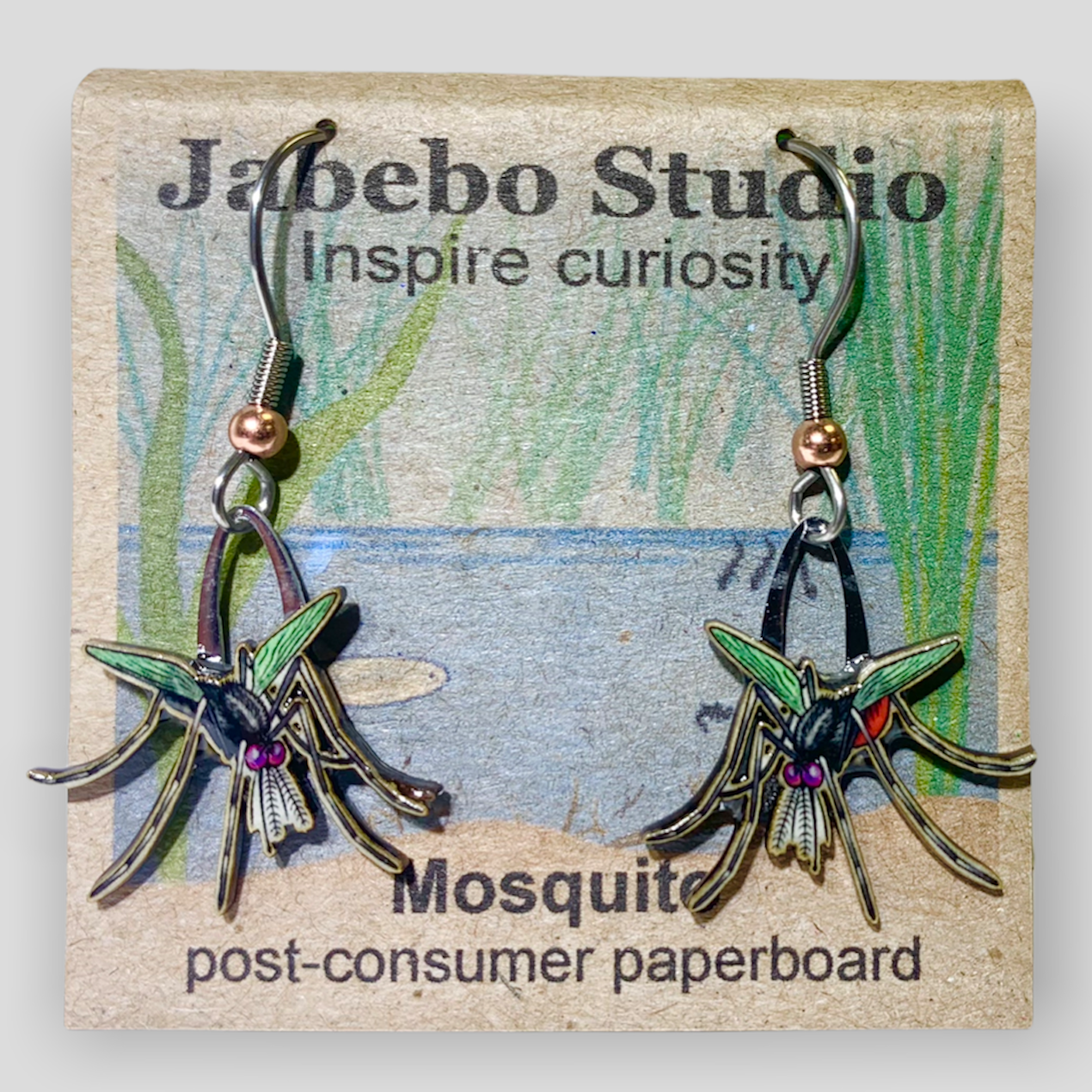
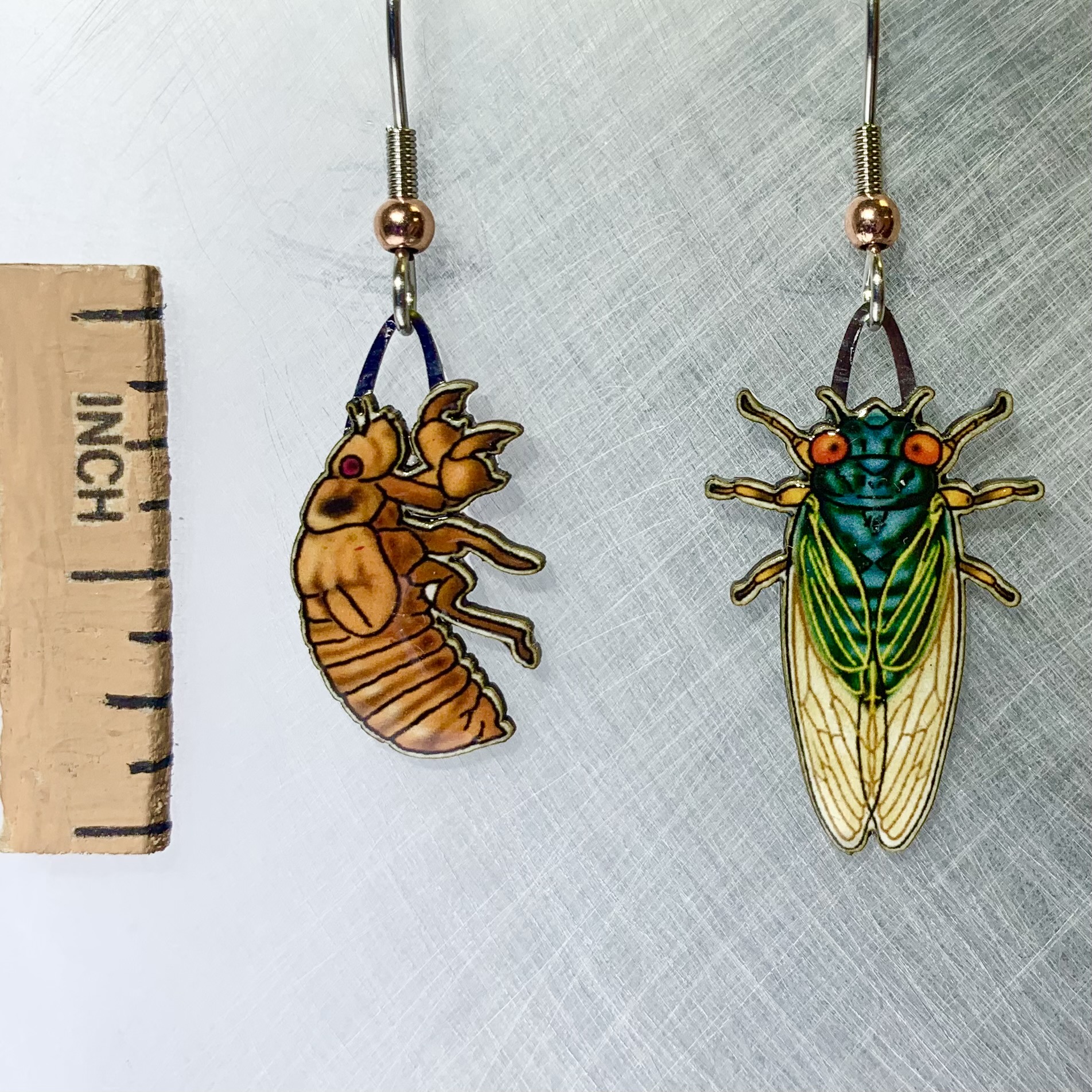
Cicadas emerge in all kinds of habitat and produce one of the noticeable sounds of hot summer days. The red eyes of this design are characteristic of the 17 year species.
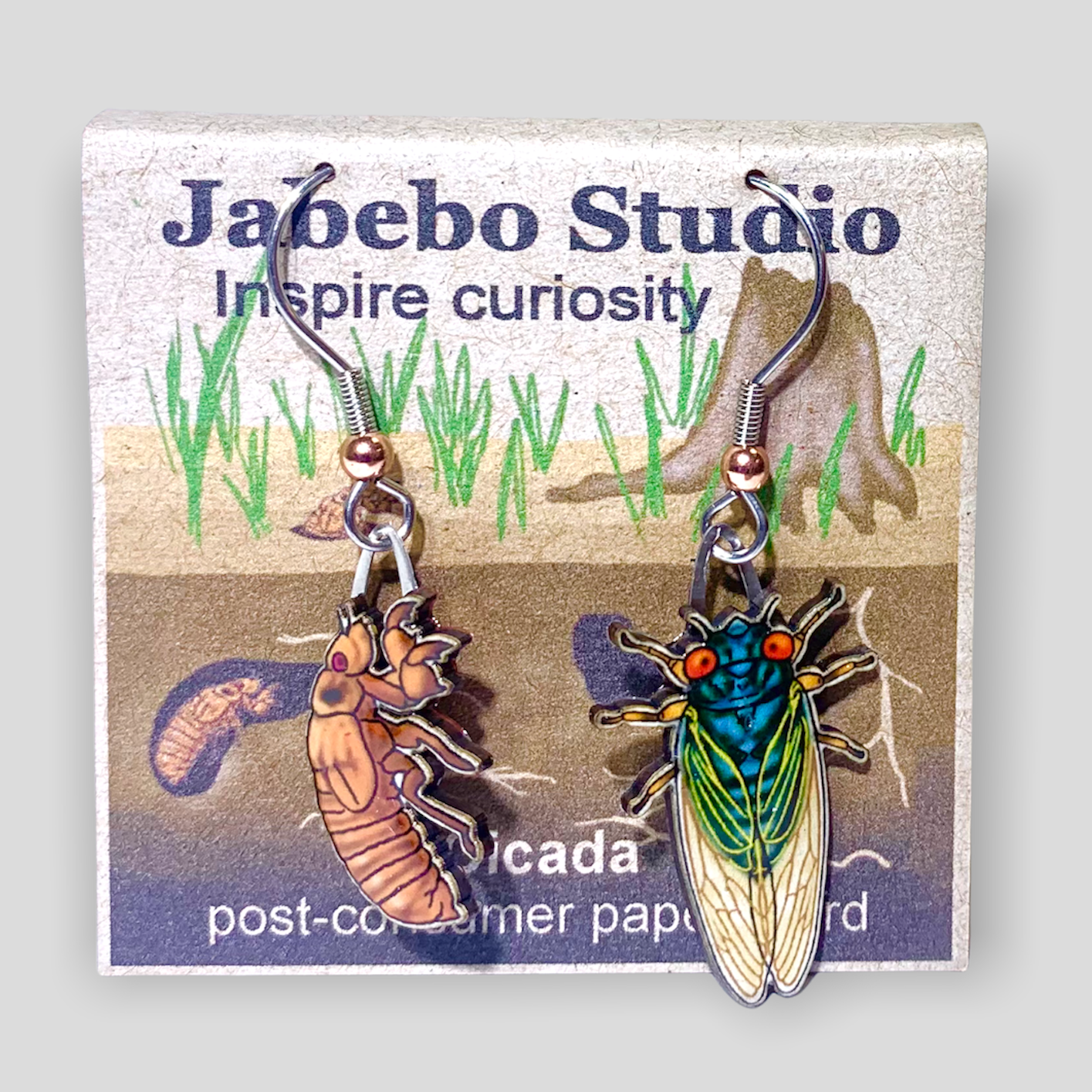

Lightning bug or Firefly? There are regional preferences for what we call these beetles capable of producing their own light. We went with “firefly” for our design to represent the many species living in North America.

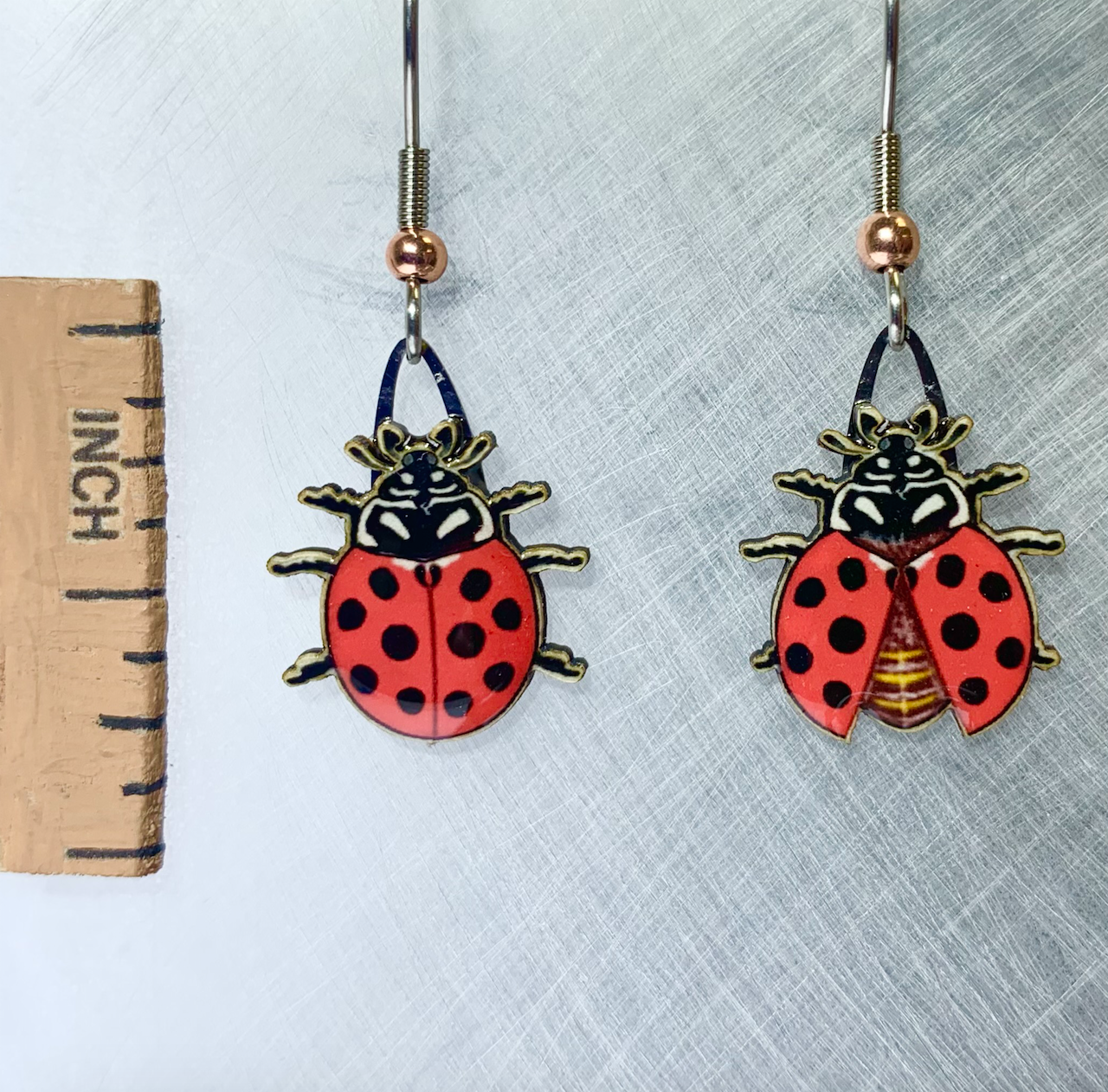
Also called the Ladybird Beetle, we seem to have a warm place in our hearts for this pretty little insect. They are highly valuable to farmers because both adults and larvae are voracious predators to plant eating insects such as aphids.
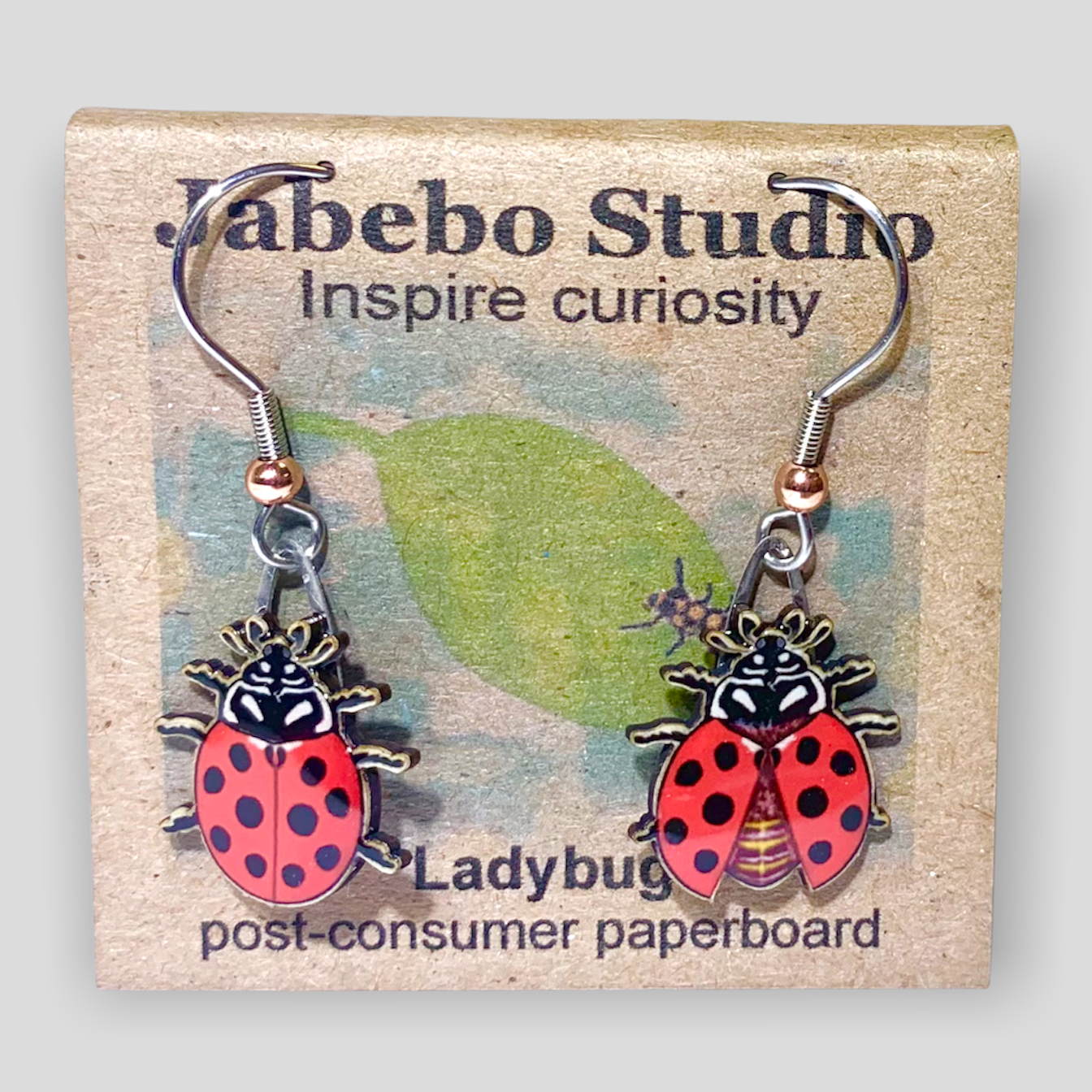
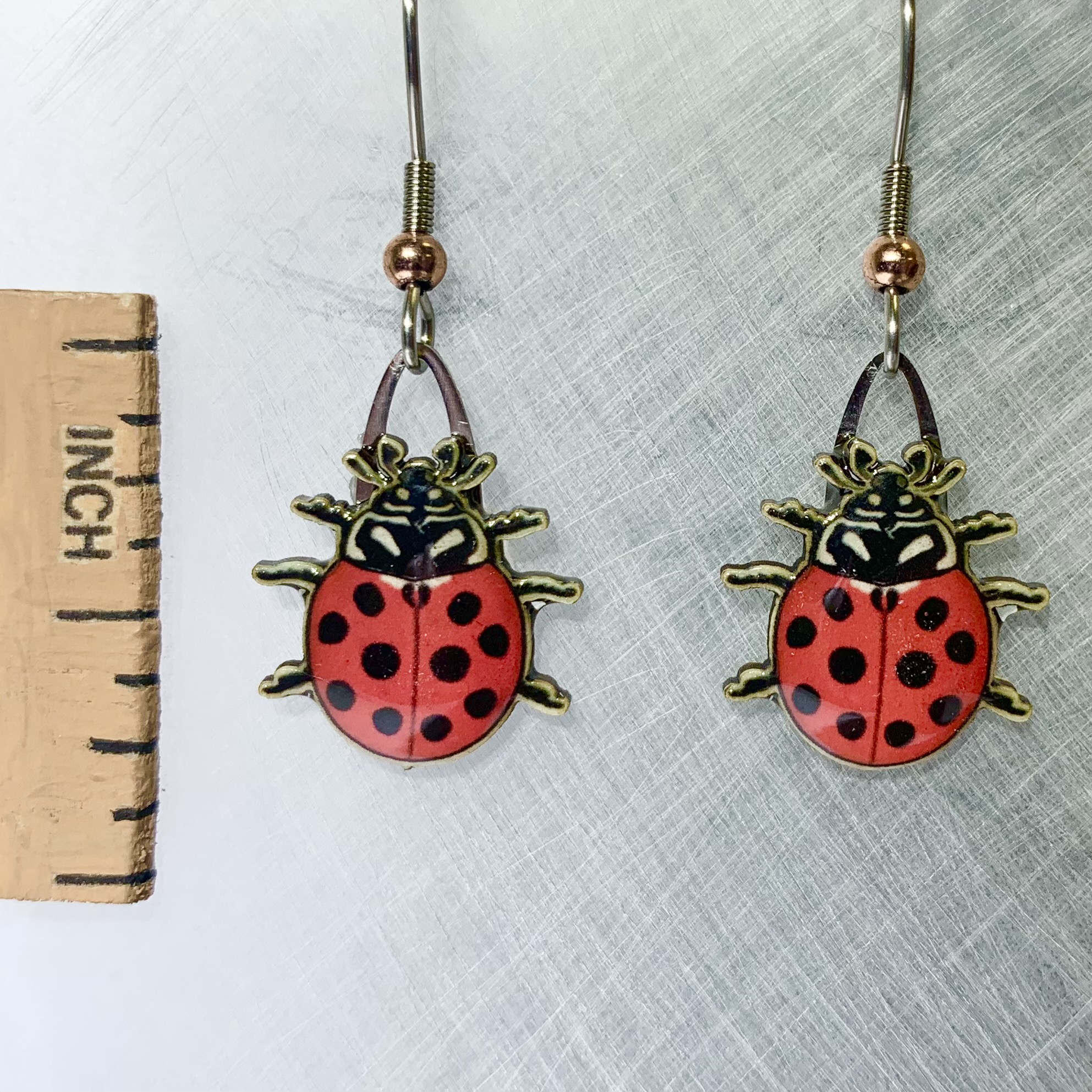
Two matched closed-winged ladybugs.
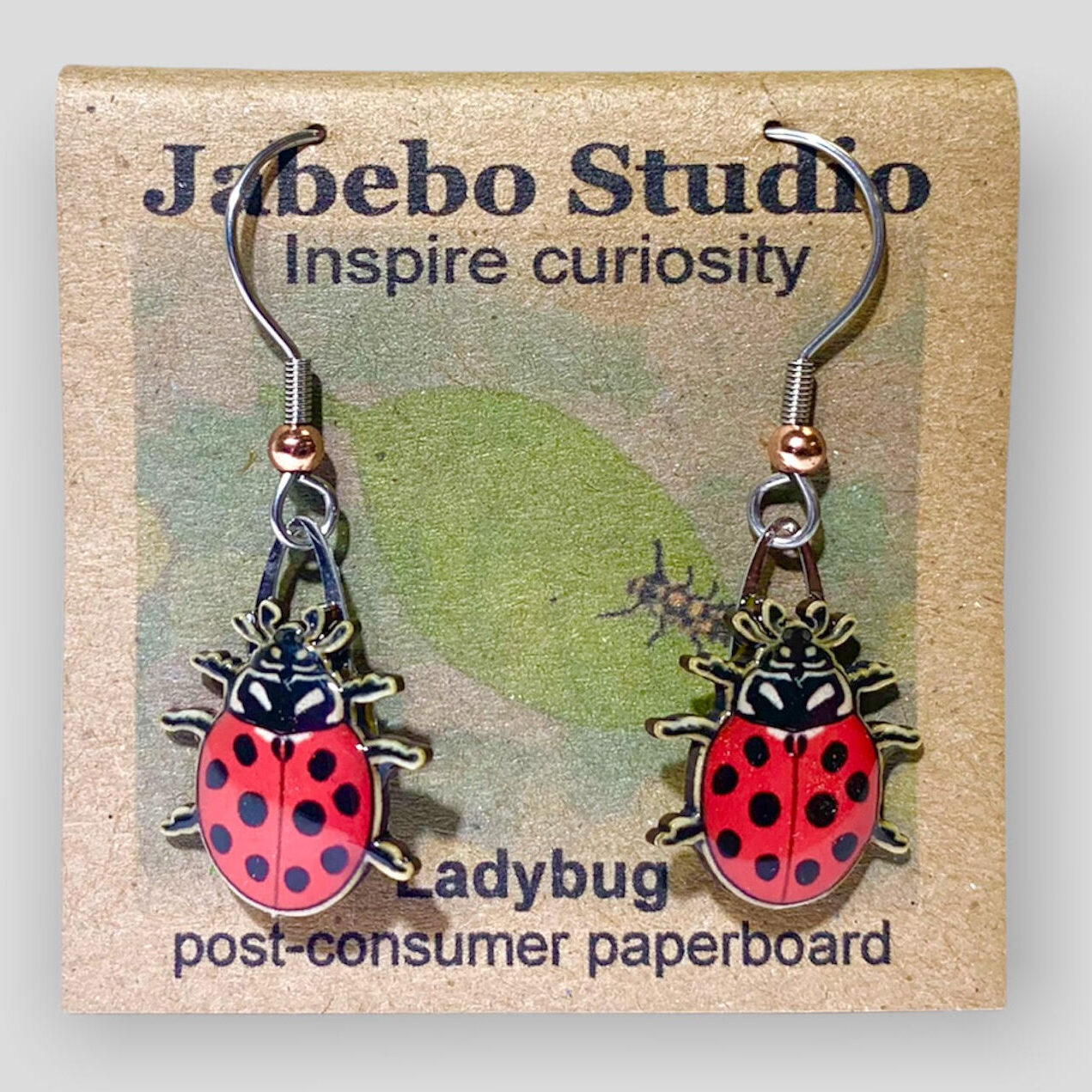

These generalist little predators are voracious at both the larval and adult stages. They fly, run, and maneuver with great speed and agility. Sharp mandibles are used to skewer their prey and can inflict quite the bite.
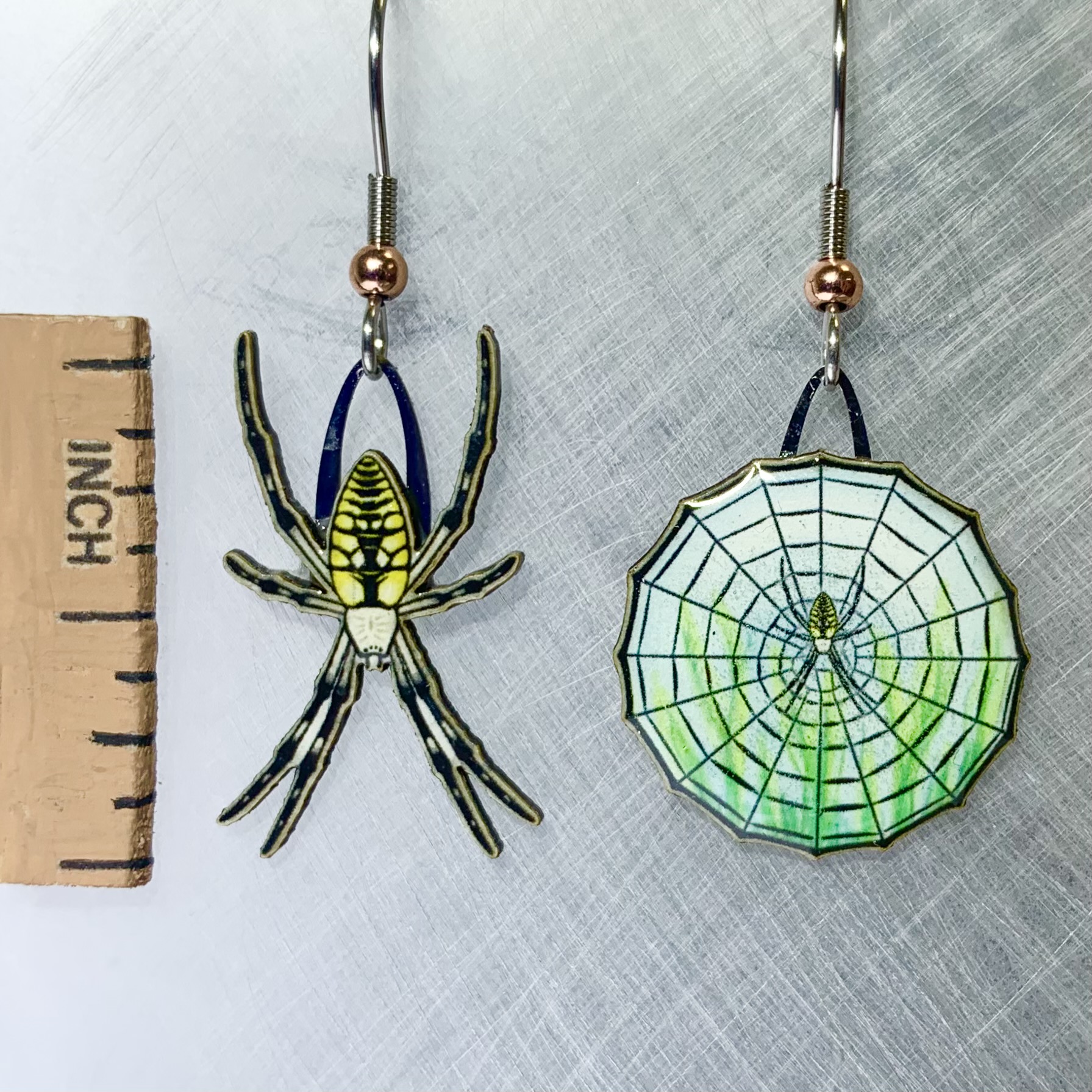
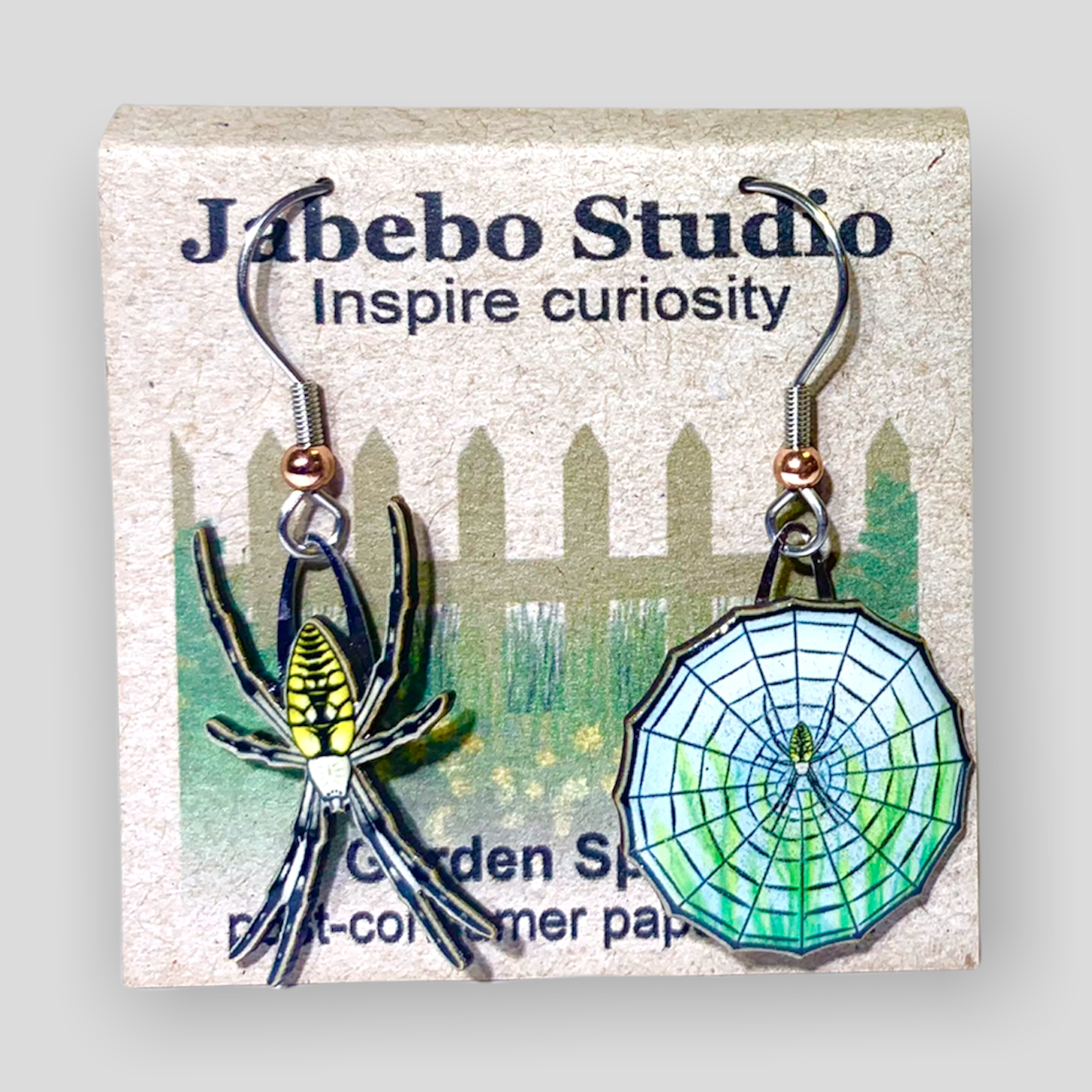
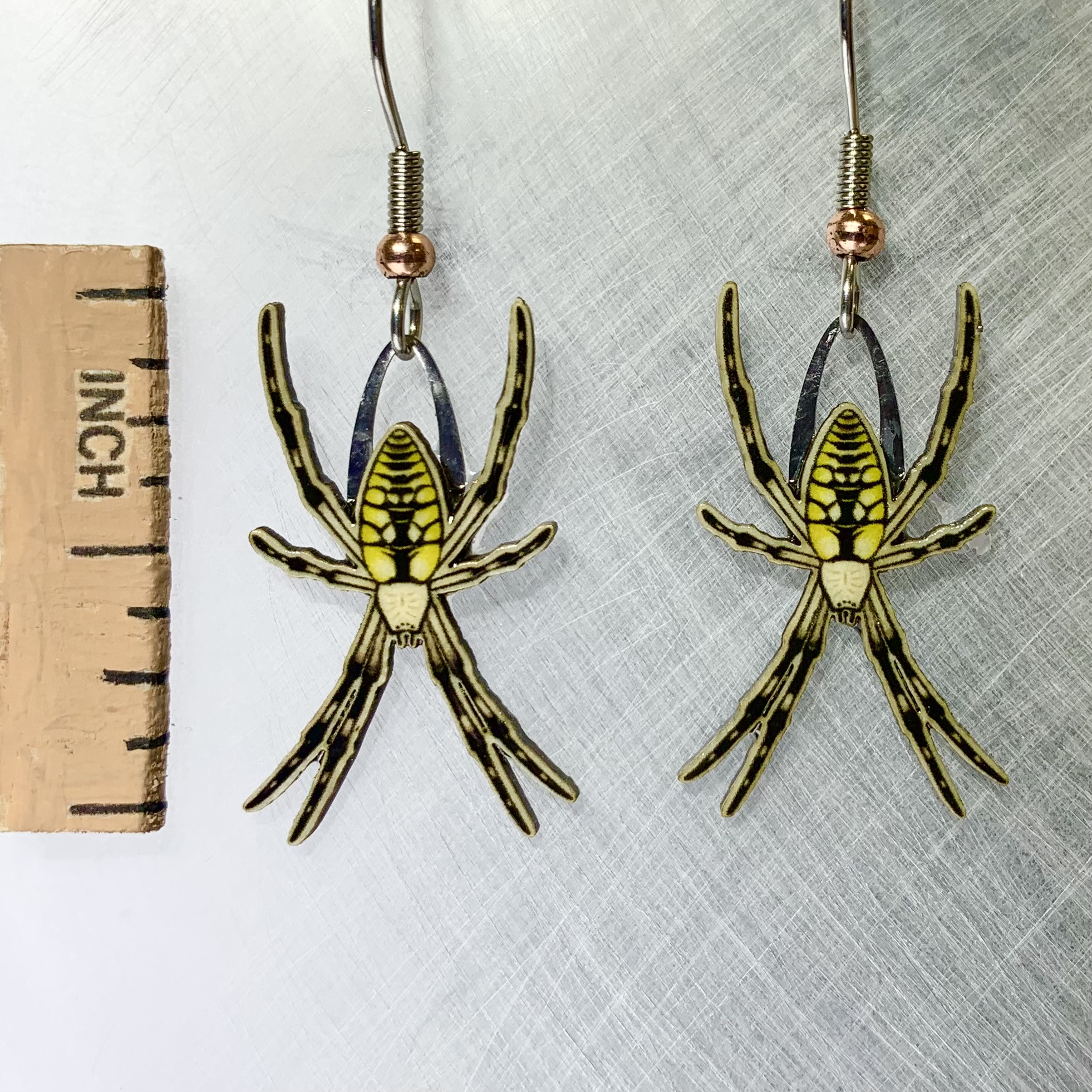
Two matched Garden Spiders
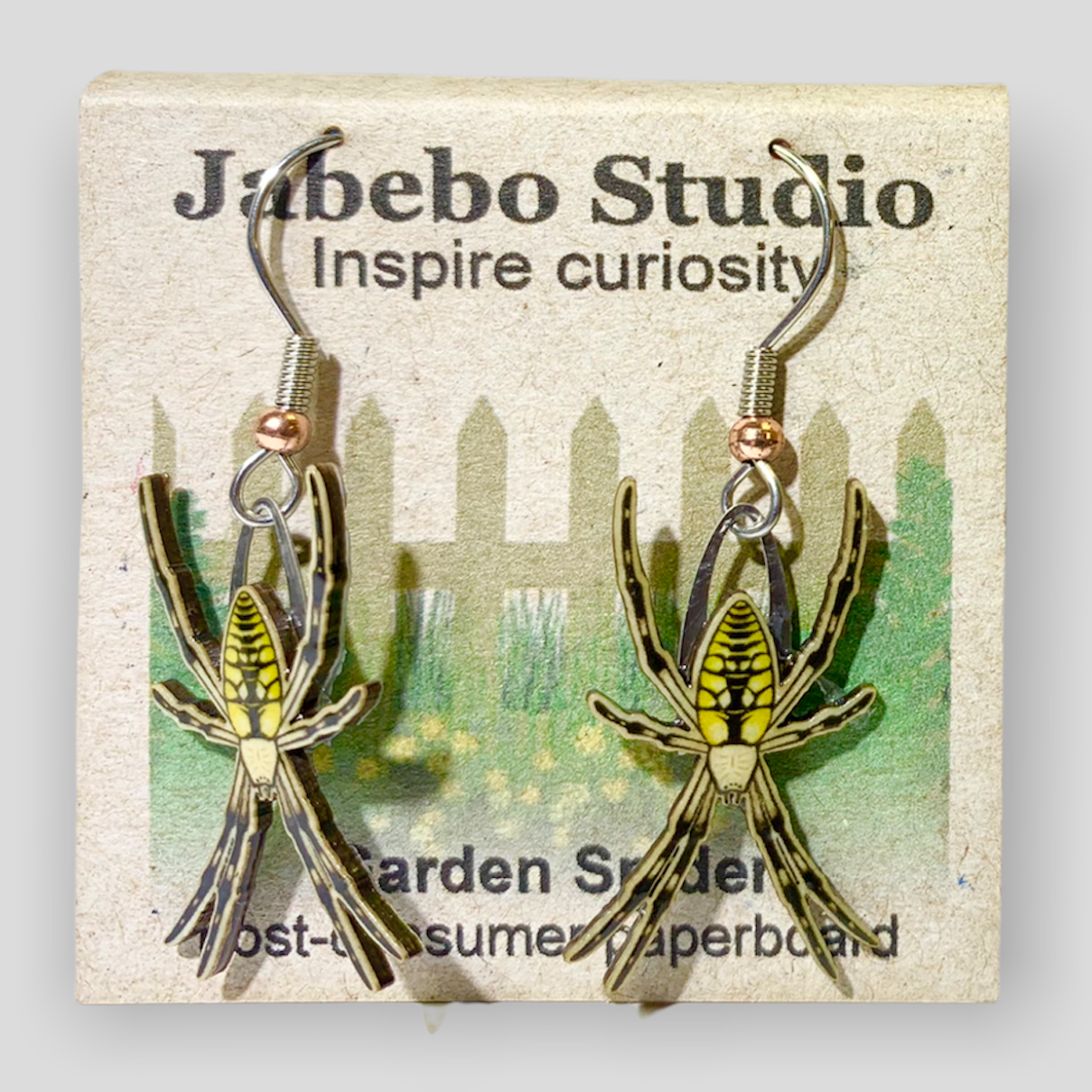
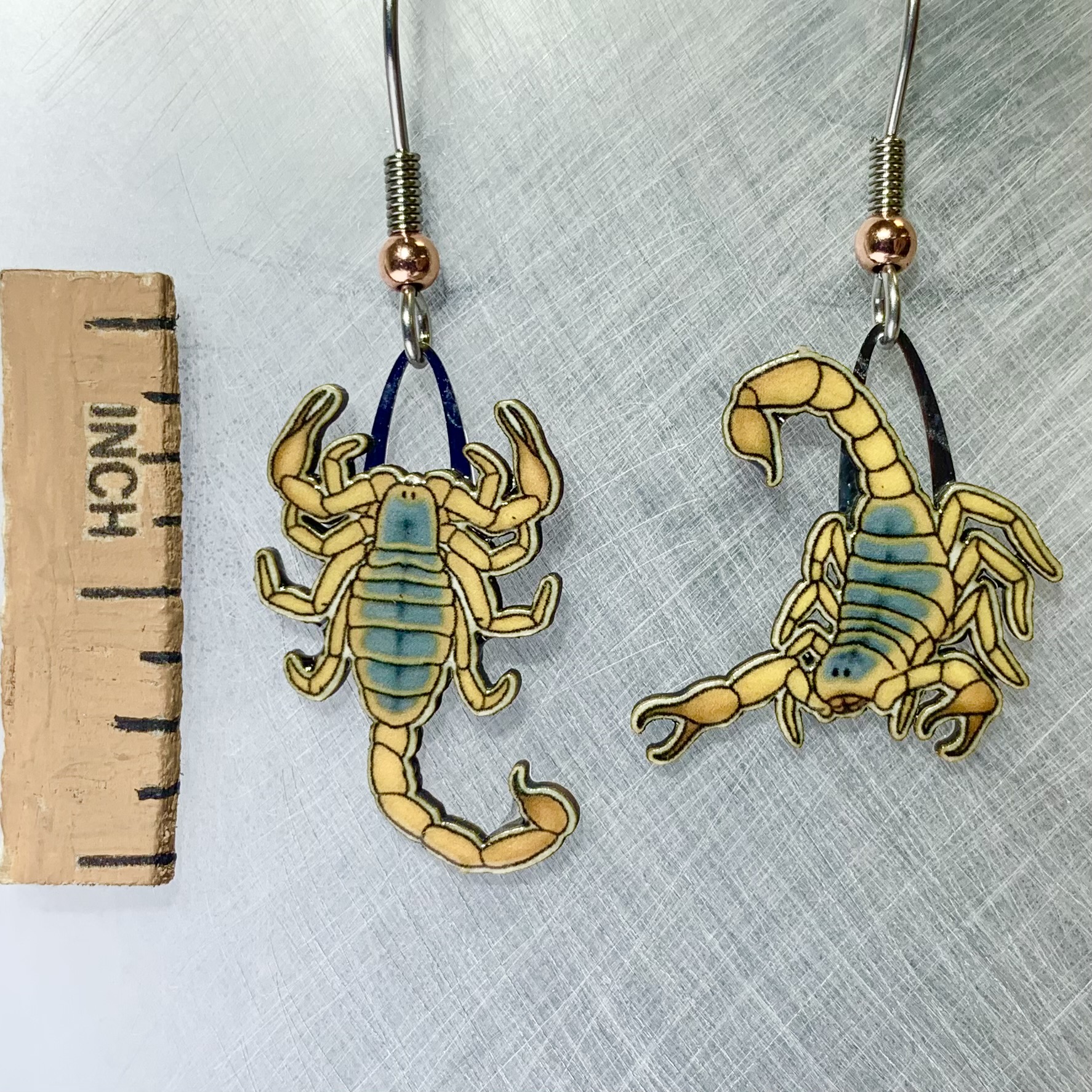
Ten species of scorpions can be found in the U.S. Scorpions are related to ticks, mites, and spiders and can be found hunting their prey under cloak of darkness. Black light will make them glow, offering a way to observe their nocturnal habits.


One of the largest and most spectacular butterflies in the world they are an important ambassador for the rainforests. Many butterfly aviaries breed them so visitors may meet them in person. Blue Morphos are native to Central and South American tropical forests and are considered endangered.
